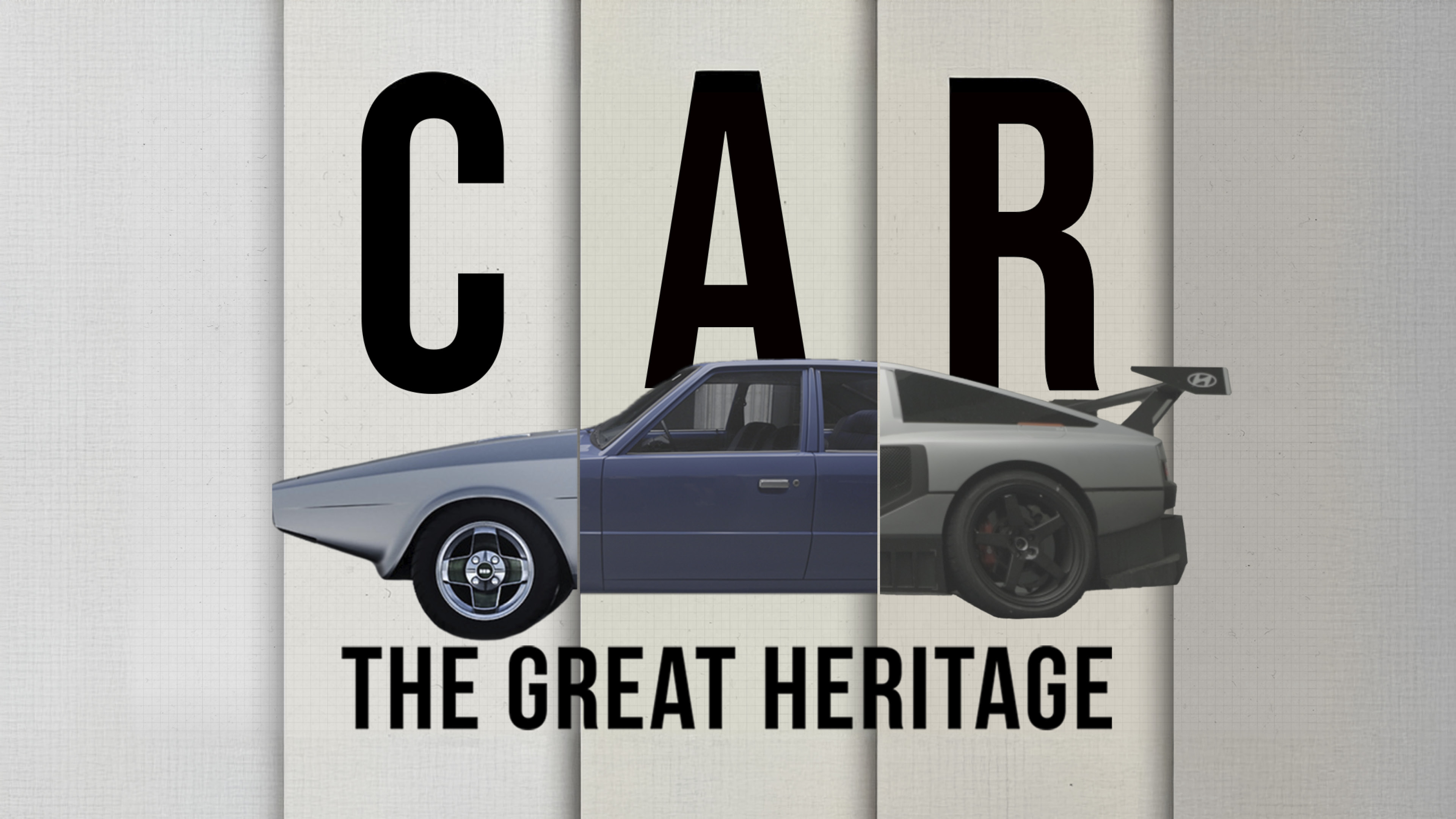
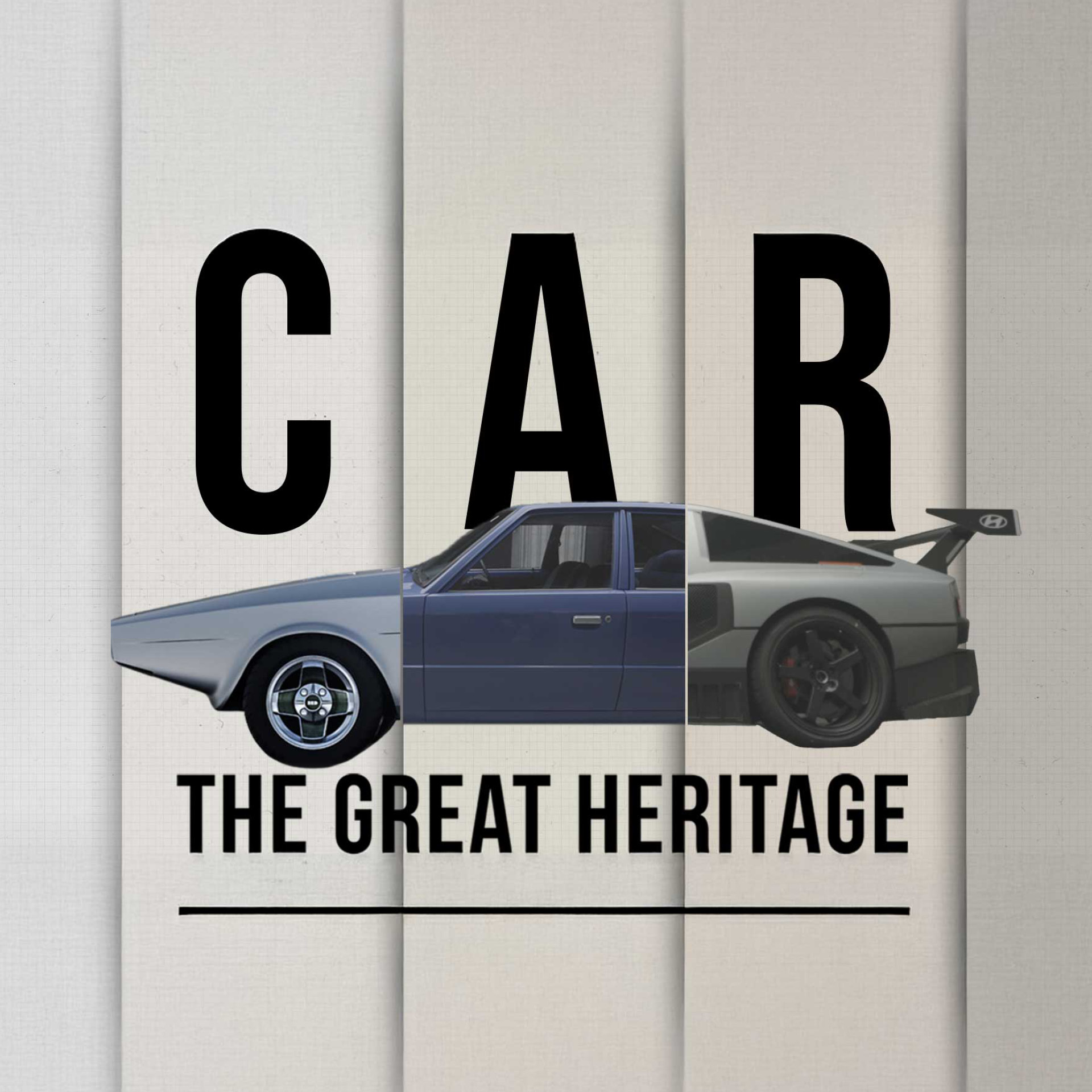


Hyundai has released its documentary series The Great Heritage: Car through the online streaming service Wavve. Part of Hyundai’s Design Heritage Project, the expansive five-part, 350-minute documentary covers Hyundai's automotive design from past to present, and looks ahead to the future. It also investigates how Hyundai’s design philosophy has evolved alongside customer-centered values.
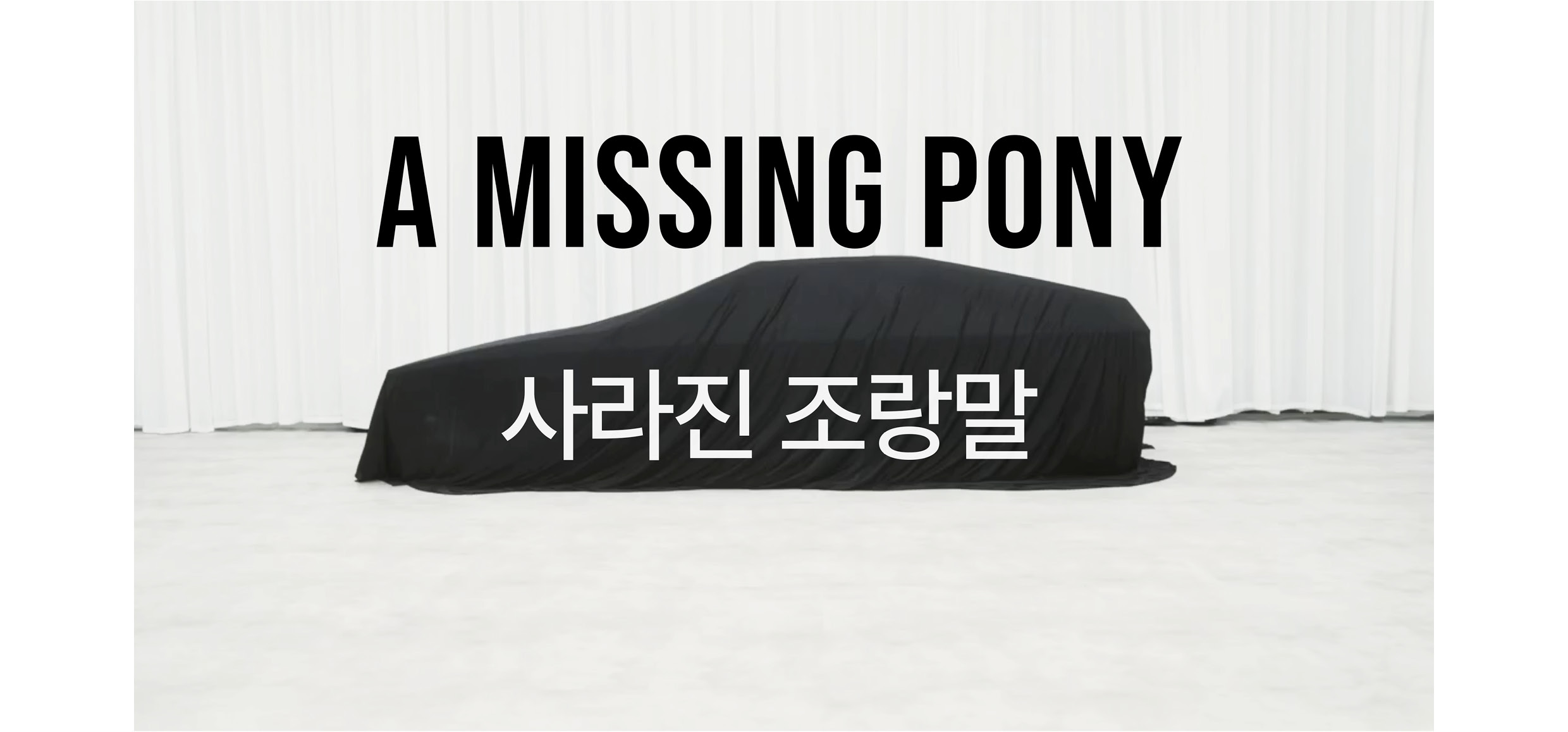
The series was directed by renowned documentary filmmaker Wook-Jung Lee, known for Noodle Road and Cooking Humanity. Lee collaborated closely for two years with Hyundai’s R&D and marketing departments. The first episode, "A Missing Pony," chronicles the restoration of the iconic Pony Coupe concept and the design development of its modern successor, the N Vision 74.
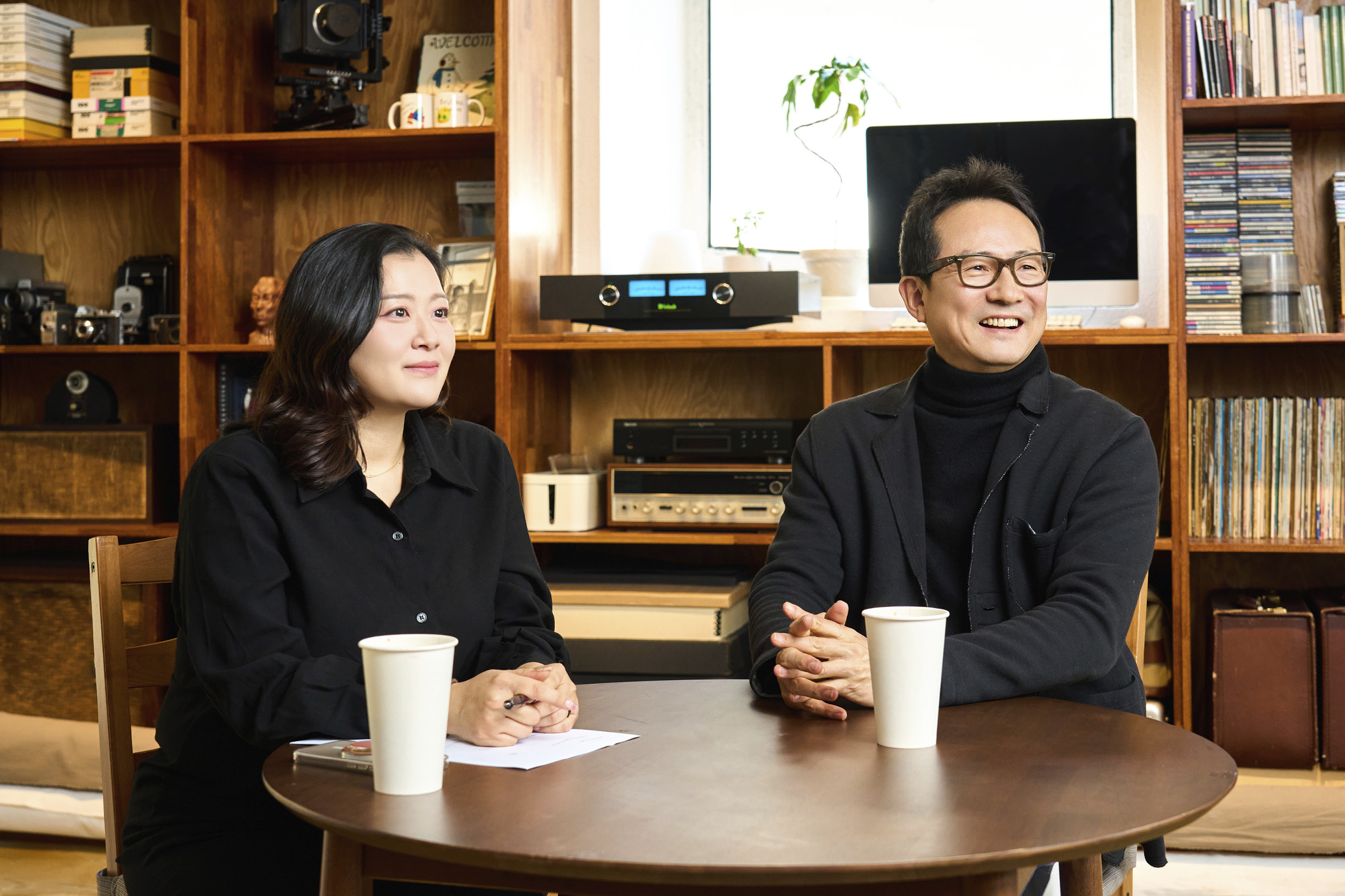
Although The Great Heritage: Car centers on automotive design, it places special emphasis on people. Director Wook-Jung Lee and Hyundai Genesis Design Strategy Team’s Senior Research Engineer Hyun-Jin Jung discussed this human-centric focus. Jung explained, "The documentary marks the 30th anniversary of our design center, prompting us to reflect on our past and imagine our future."
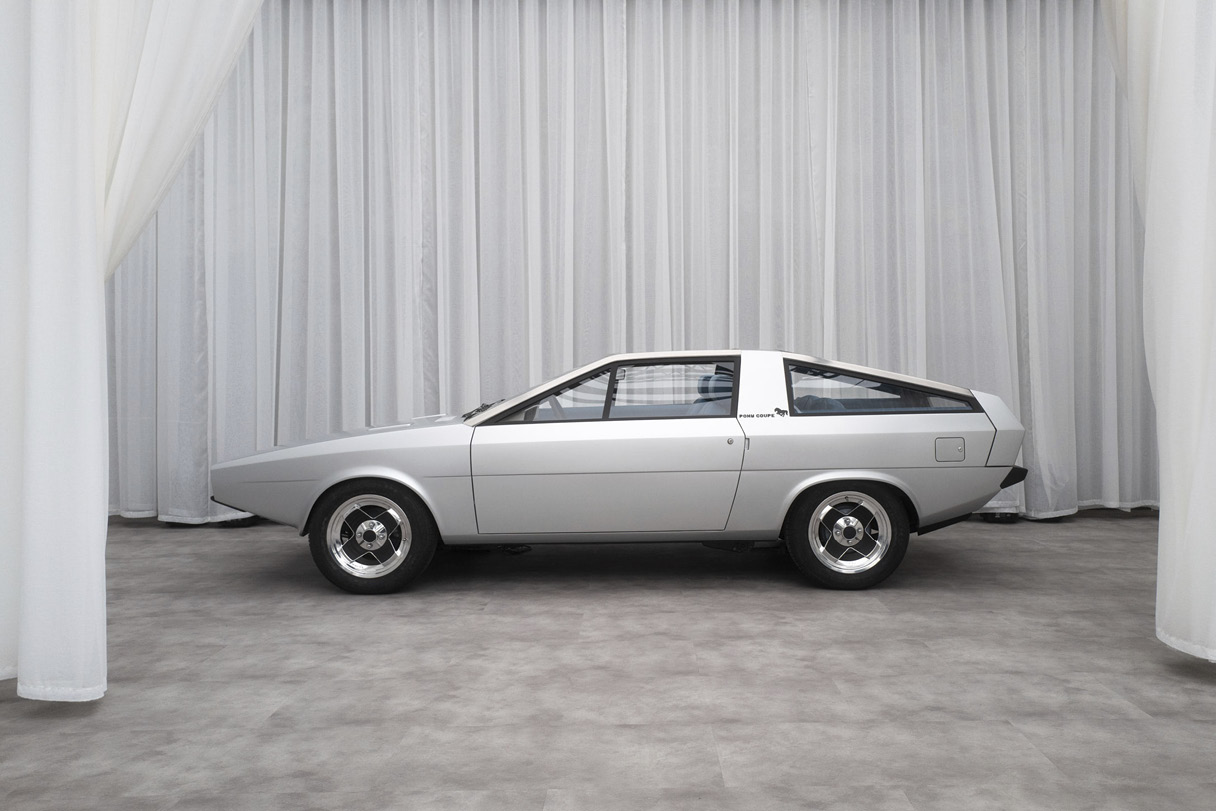
"My role is in design communication. It involves conveying the designers’ intentions to customers," Jung continued. "We often describe ourselves as curators who communicate the artists’ intentions. This documentary aims to inform customers about the design center’s work and various stories behind car development. I chose to collaborate with producer Lee because I was impressed by his storytelling method and trusted that he could create an engaging narrative."
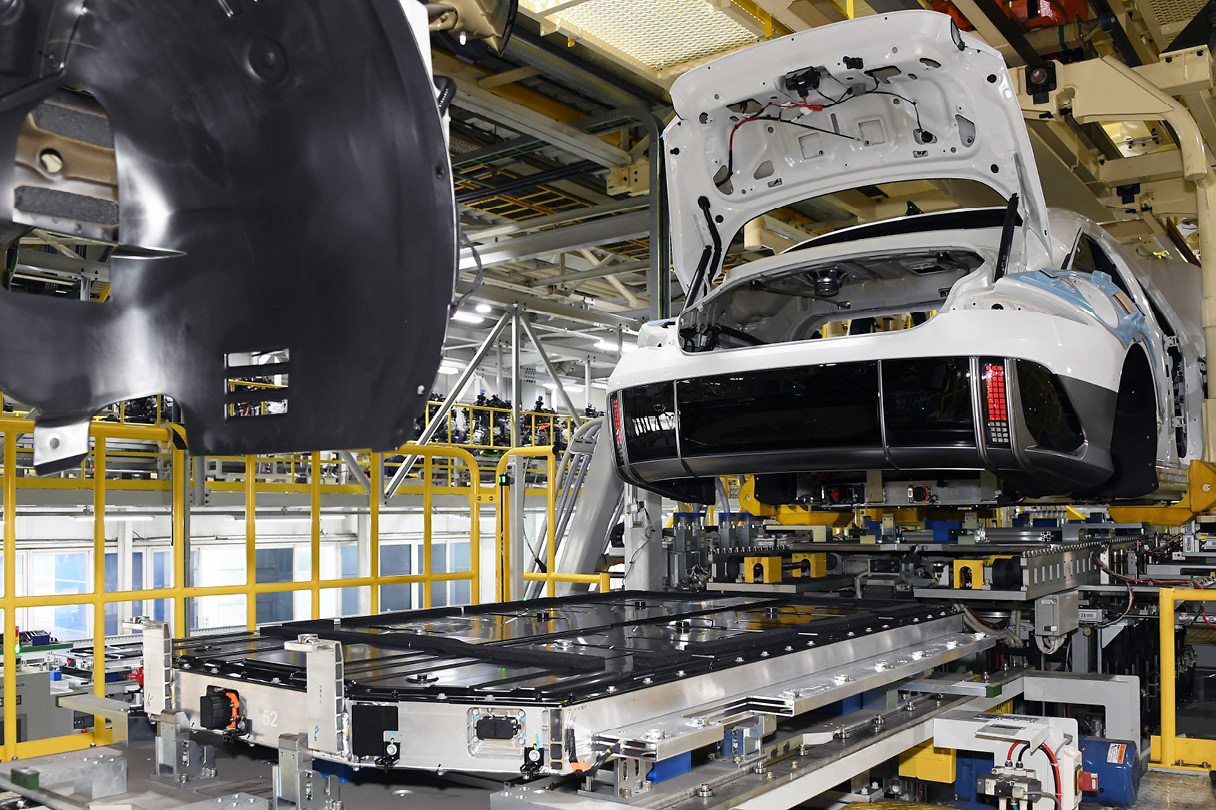
Producer Lee explained, "I aimed to anthropologically examine Hyundai Motor’s design center. I believe every aspect of modern society ultimately connects to humans. Hyundai Motor symbolizes modern society and industry, so I wanted to deeply explore its internal culture and thinking."
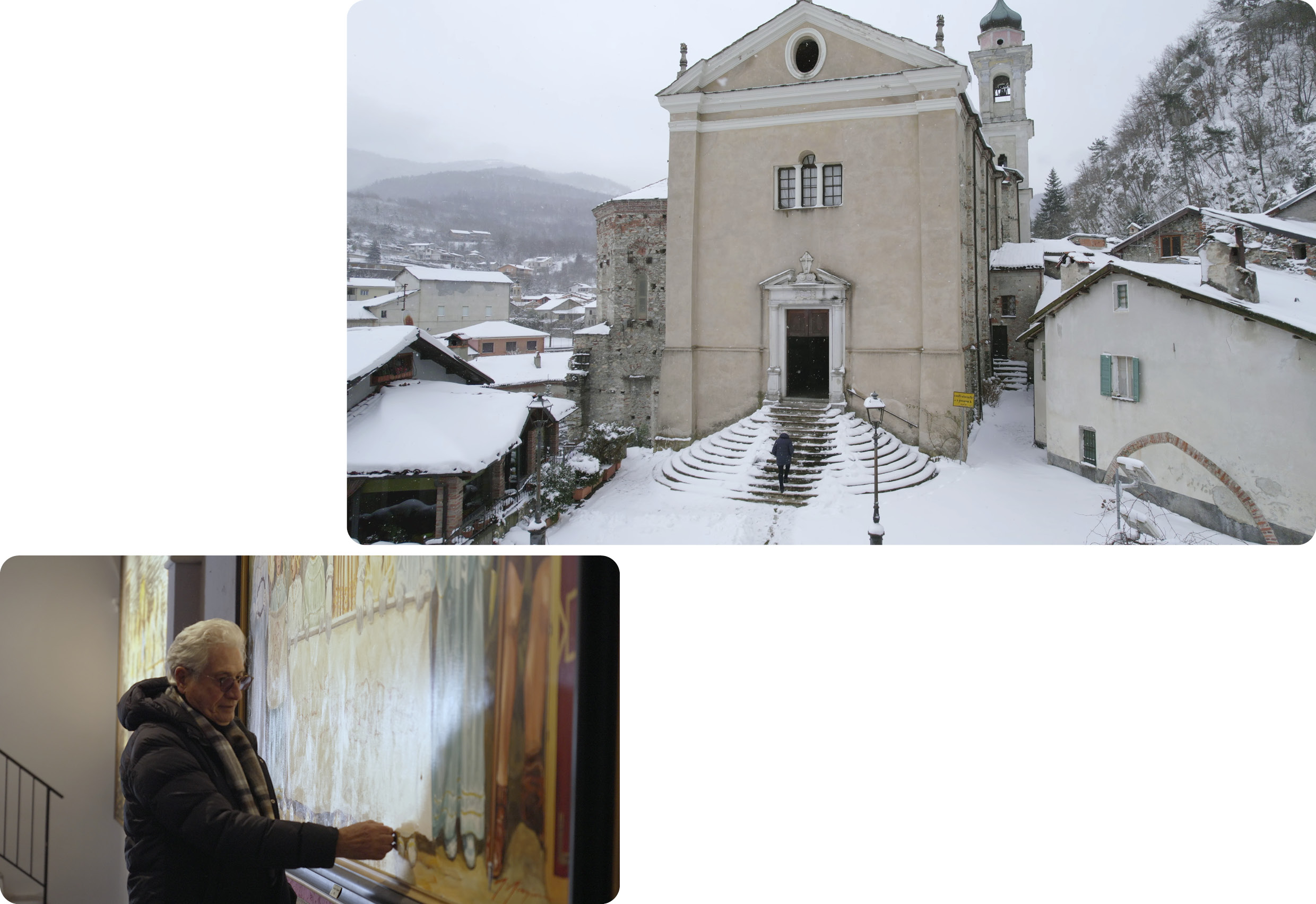
The first episode of The Great Heritage: Car begins with legendary automotive designer Giorgetto Giugiaro, driving a Hyundai IONIQ 5 to Garessio in Italy’s Piedmont region, where he spent his childhood. Visiting a church displaying his father’s paintings, Giugiaro recalls, "Giving personality to cars requires extensive research, but the core is always proportion." The episode further explores Hyundai’s first independent model, the Pony, which embodies Giugiaro’s proportional aesthetics.
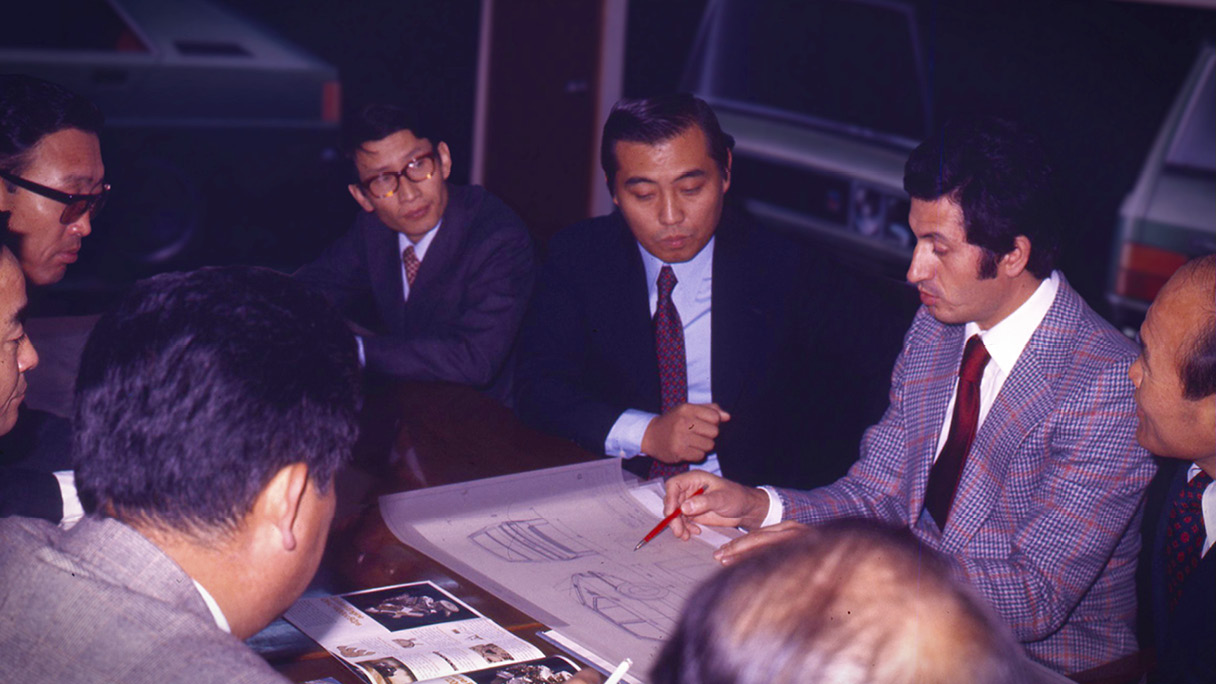
In 1973, Hyundai requested Giugiaro, already a globally recognized designer, to design its first independent car model—and South Korea's first national vehicle—the Pony. Giugiaro, fascinated by Hyundai’s passion and pioneering spirit, accepted and deeply contemplated a design specifically for Korean consumers. He incorporated distinctive lines, reasonable pricing, and advanced technology. He recalls, "I designed the ideal, logical car needed in Korea."
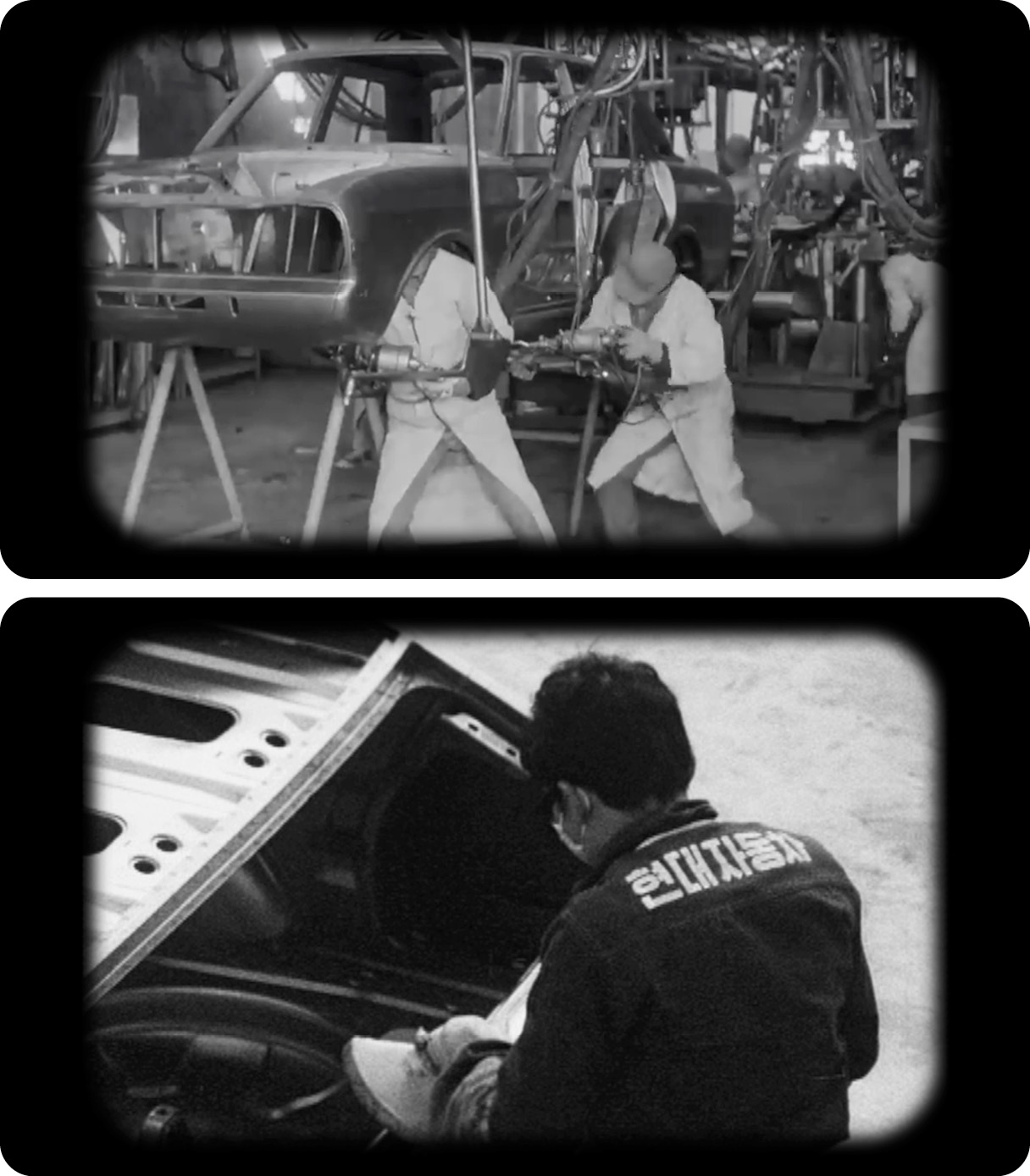
At that time, Hyundai expanded its Ulsan plant to prepare for Pony production, and everyone worked together tirelessly. The documentary vividly captures their dedication to building a prosperous nation and the car-making efforts of that era. Producer Lee’s attention to detail sparked curiosity about whether he liked cars, as his passion for automobiles and the automotive industry was evident. Producer Lee responded, "I wouldn’t call myself a car enthusiast, but I have always had a strong interest in mobility."
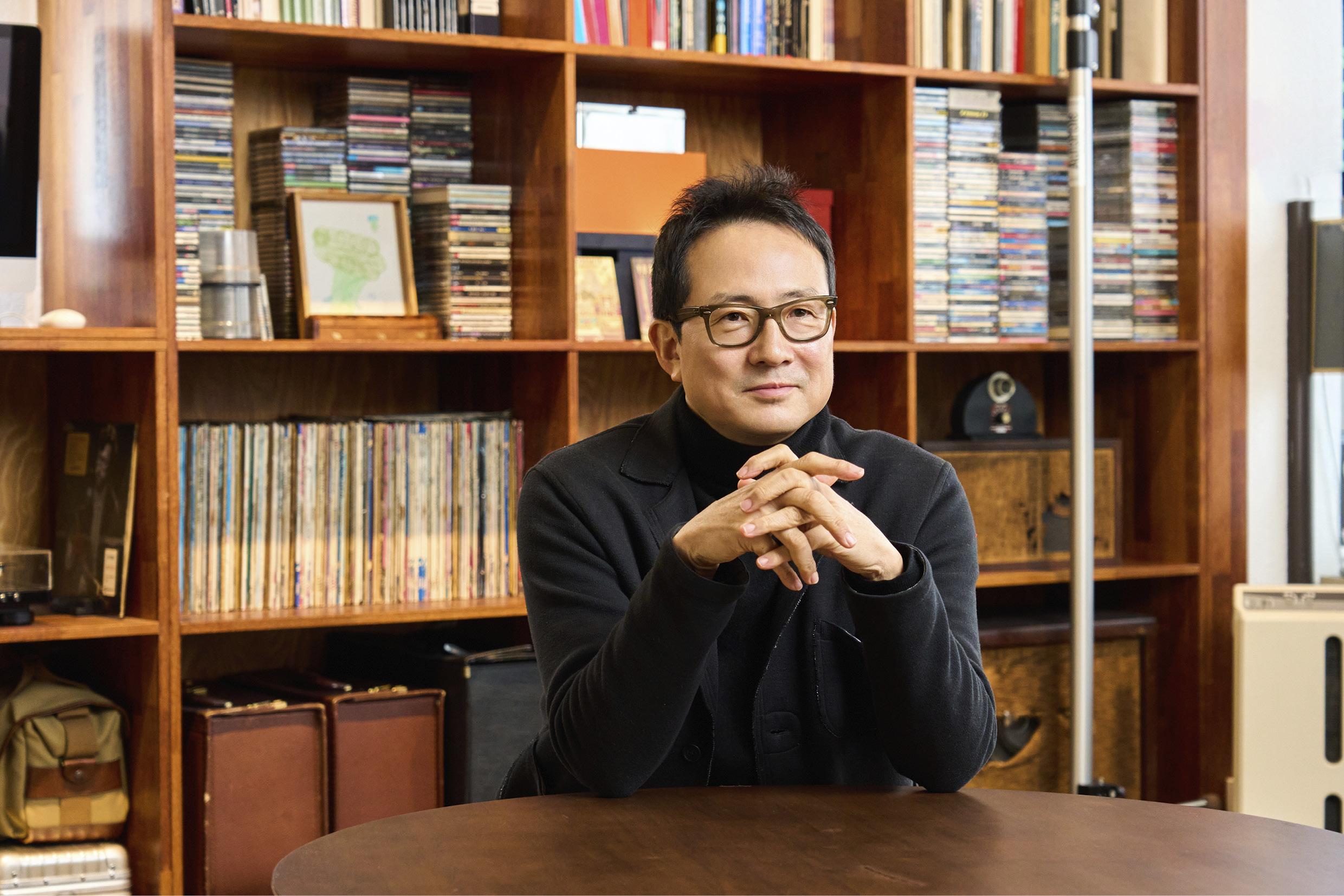
Producer Lee ad-ded, "While making Noodle Road, I realized the rapid global spread of noodles was thanks to mobility. Human history is marked by extensive movement across great distances. I believe mobility defines modern humanity. There’s an inherent instinct and desire in people to reach further, to explore more extensively."
"In this sense, the car symbolizes mobility. I think our civilization today could be described as an 'automotive civilization.' If we had to choose one object defining contemporary society, it would be the automobile. Cars encapsulate everything about modern civilization, including heritage and future technologies. Moreover, they align deeply with humanity’s intrinsic desire to move, explore, and dream."
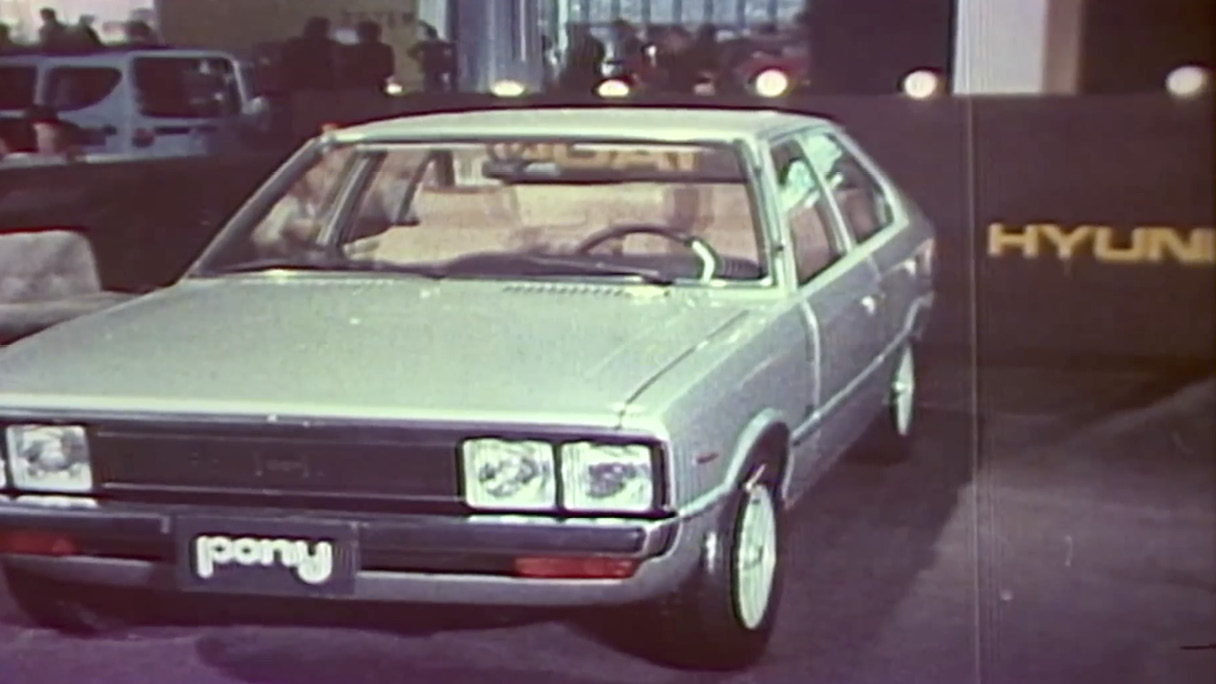
The Pony first appeared at the 55th Turin International Motor Show in Italy on October 30, 1974. This initial meeting between famous designer Giorgetto Giugiaro and the Korean automotive industry attracted significant international attention. Encouraged by its successful debut, Hyundai officially launched the Pony on January 26, 1976. The Pony propelled Korea’s automotive industry growth, significantly contributing to exports to countries like Ecuador and Canada.
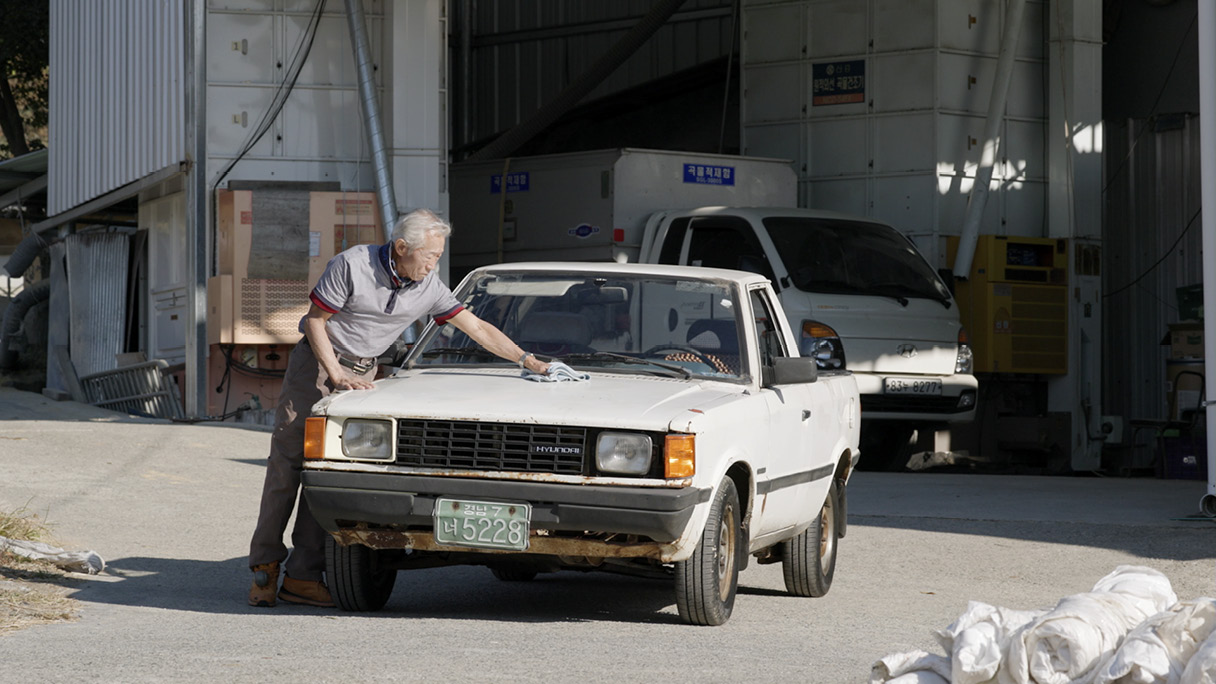
The documentary features Chung-beom Shin from Geochang County, Gyeongsangnam-do, who owns a 1986 Pony 2 pickup. Shin’s Pony, produced on April 1, 1986, has been cherished by three generations.
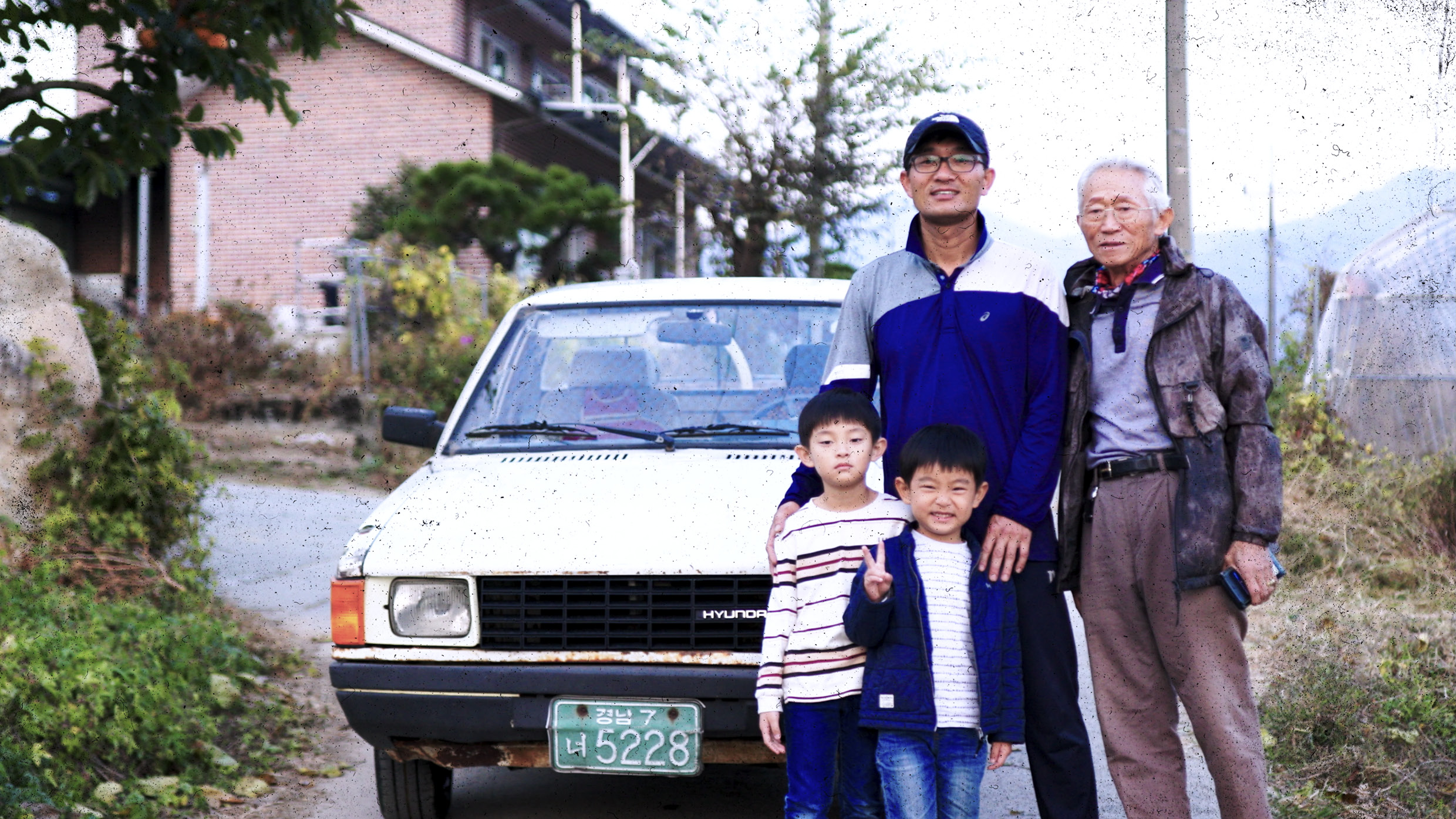
"Owning this car has always been a point of pride. It greatly helped educate my children, and I want to pass it down to my grandchildren. The love for the car runs through our family's DNA."
Lee's documentary feels even more special because it doesn't just focus on automotive design, but portrays our lives alongside cars. The scenes featuring Shin’s family with their Pony evoke the bond between humans and automobiles.
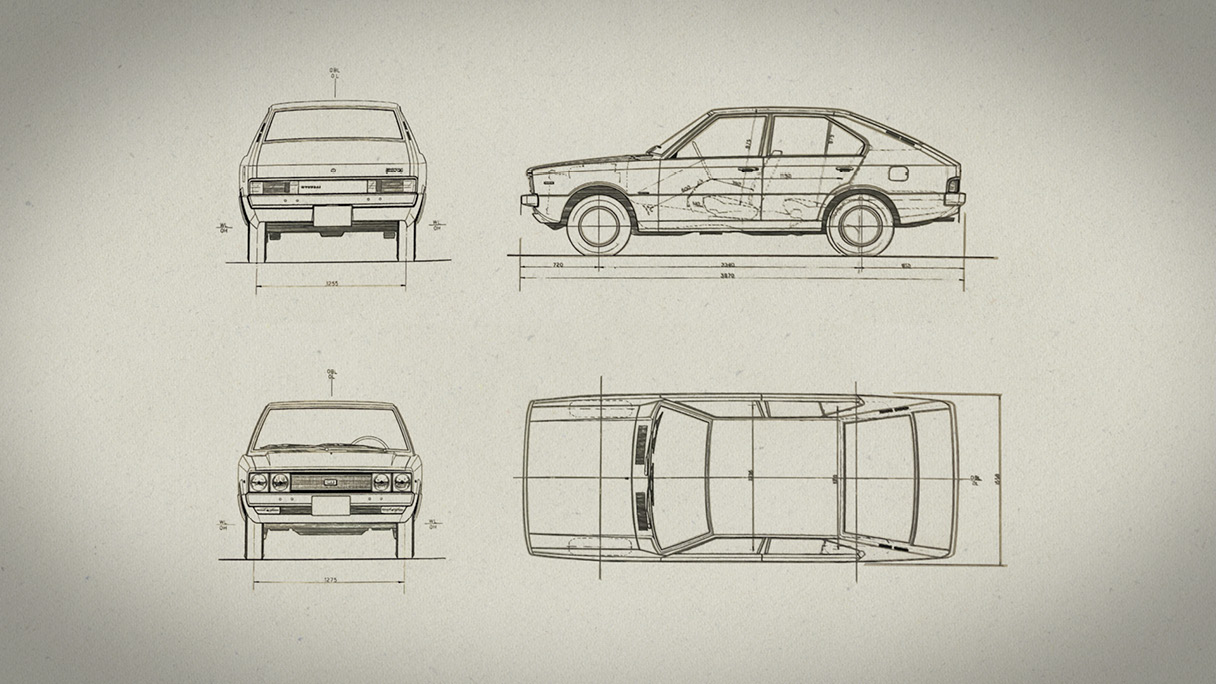
Senior research engineer Hyun-Jin Jung commented on Pony owner Shin Chung-beom’s story, saying, "This is exactly what Hyundai’s design aims for." She ad-ded, "Hyundai’s design philosophy is Customer Centric Design. Our goal is to quickly identify customer needs better than anyone else and provide appropriate design solutions. This has been our design DNA since the Pony.”
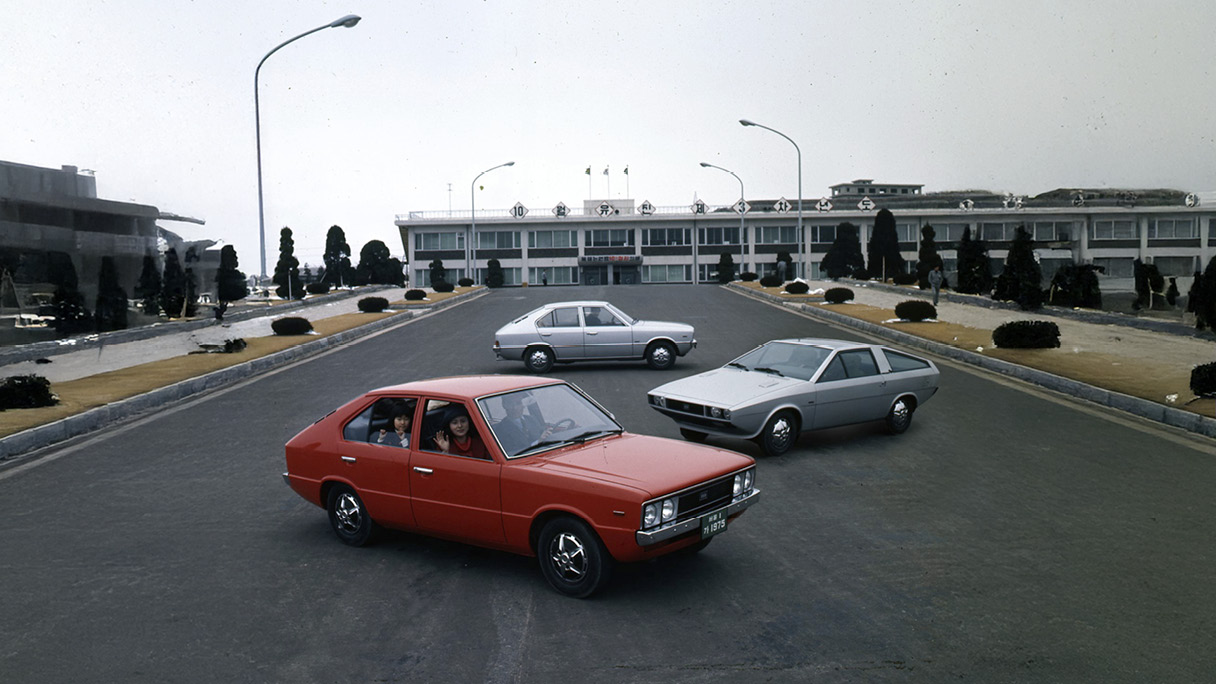
The Pony’s success became legendary in the Korean automotive industry. However, there was another Pony that we didn't know much about—the Pony Coupe Concept, which debuted alongside the Pony at the 1974 Turin Motor Show. Completed with Giorgetto Giugiaro's signature beautiful proportions, the Pony Coupe Concept had a perfect design that significantly influenced future models. However, production plans were shelved due to the second global oil crisis, causing the Pony Coupe to disappear into history.
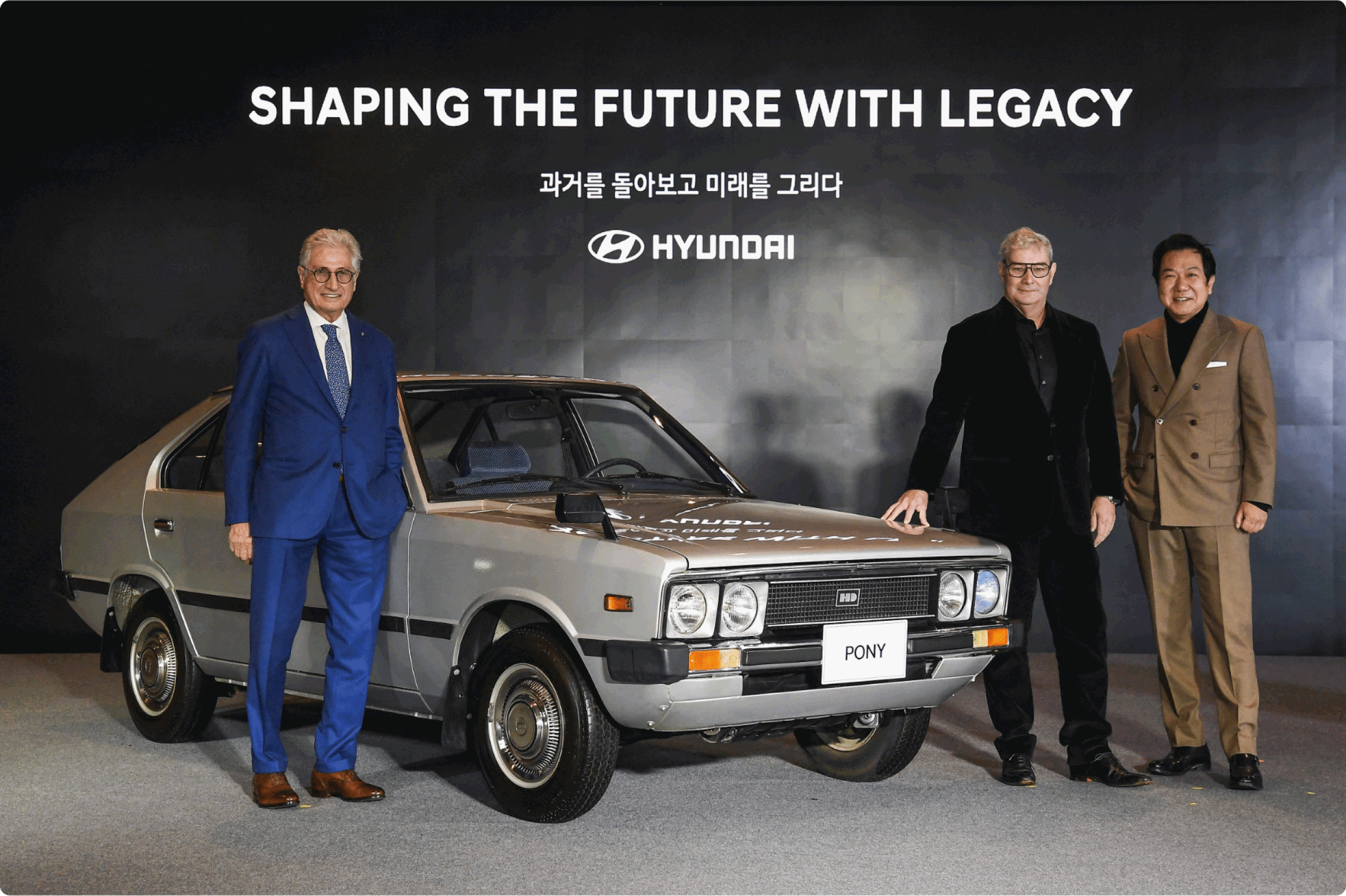
Nearly 40 years later, in 2022, Hyundai began the Pony Coupe Concept restoration project with Giugiaro to revive a lost dream. Giugiaro visited Korea with his fellow automotive designer Fabrizio Giugiaro, who is also his son. He declared, "The Pony Coupe Concept, once a dream for the future, has now become reality."
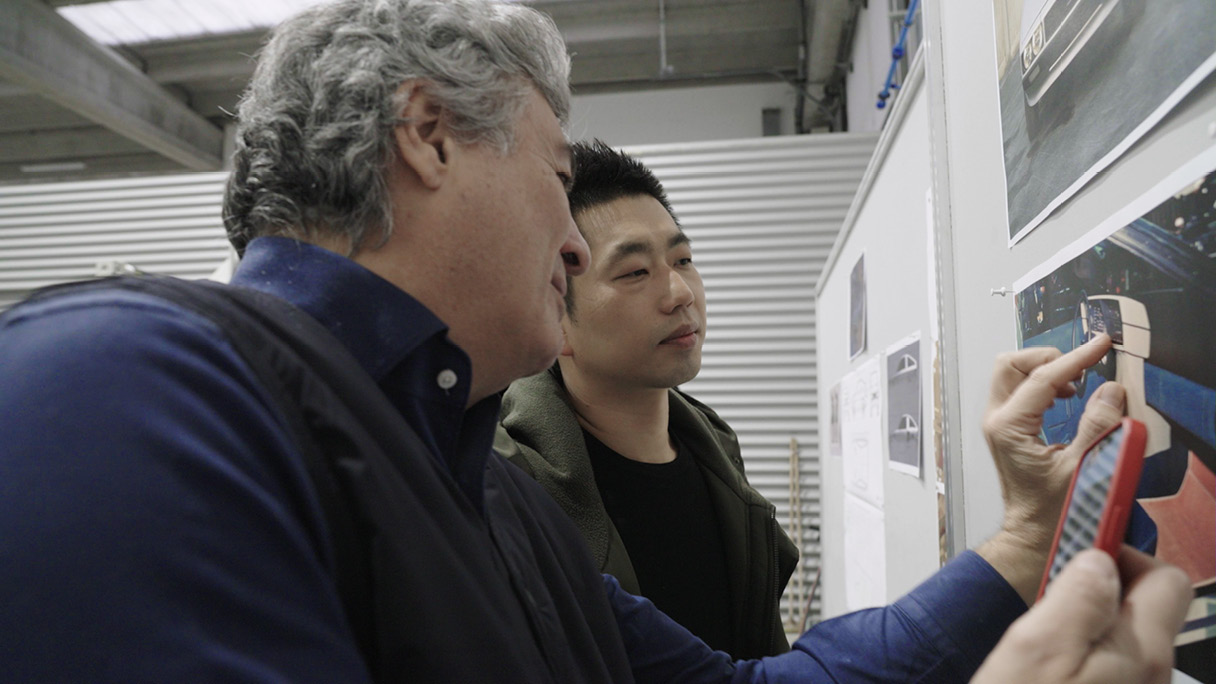
The documentary then features father-and-son Giugiaro and the designers at Hyundai’s Design Center as they cooperate to revive the Pony Coupe Concept. With no surviving blueprints, the designers poured their hearts to replicate every tiny original detail using sketches and photographs.
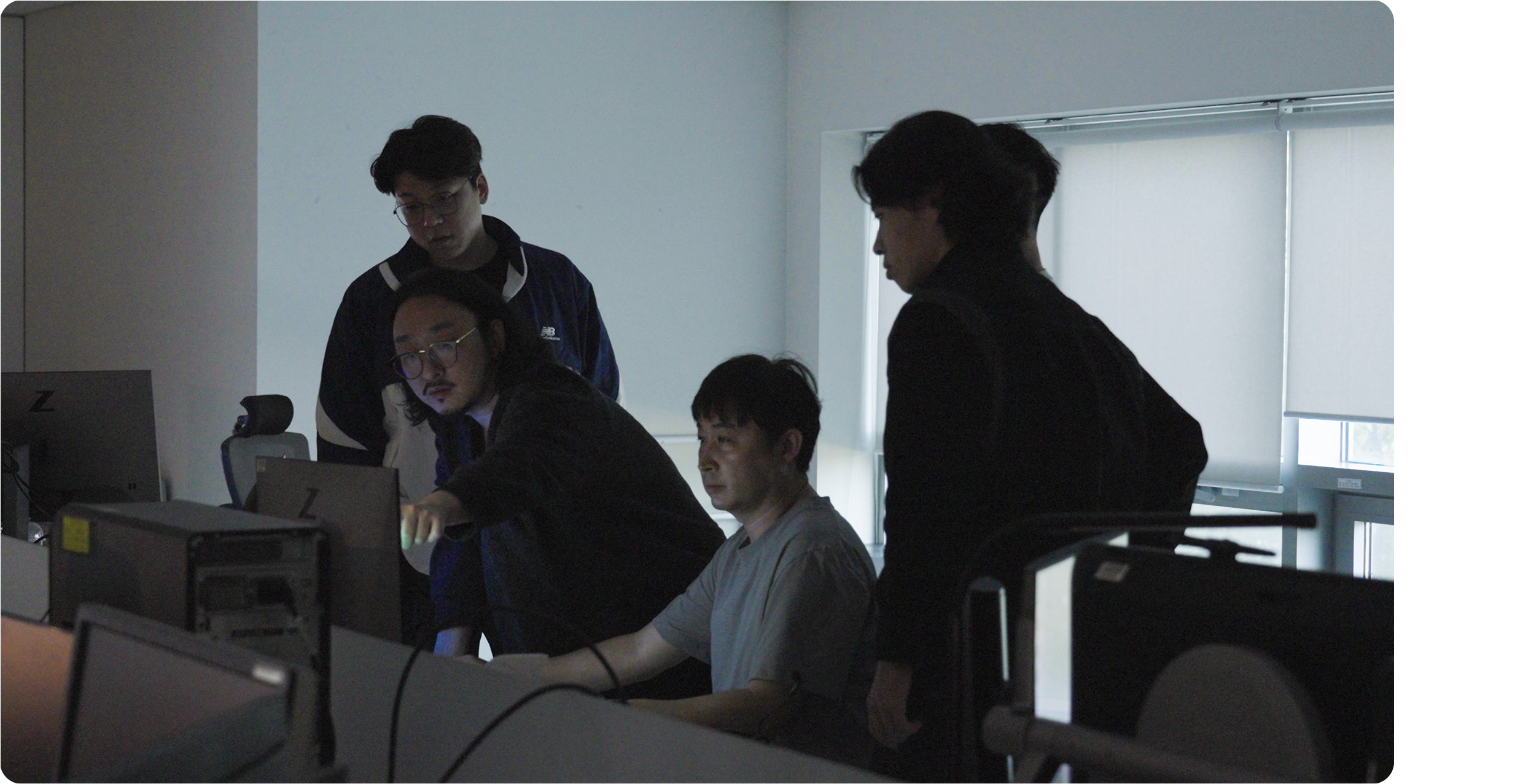
The film also shows Hyundai’s designers cross-developing the high-performance hydrogen-electric hybrid rolling lab, the N Vision 74, inspired by the DNAs of the Pony Coupe Concept. This showcases how a single design can lead to another wave of innovation. Producer Lee offered an explanation of this process:
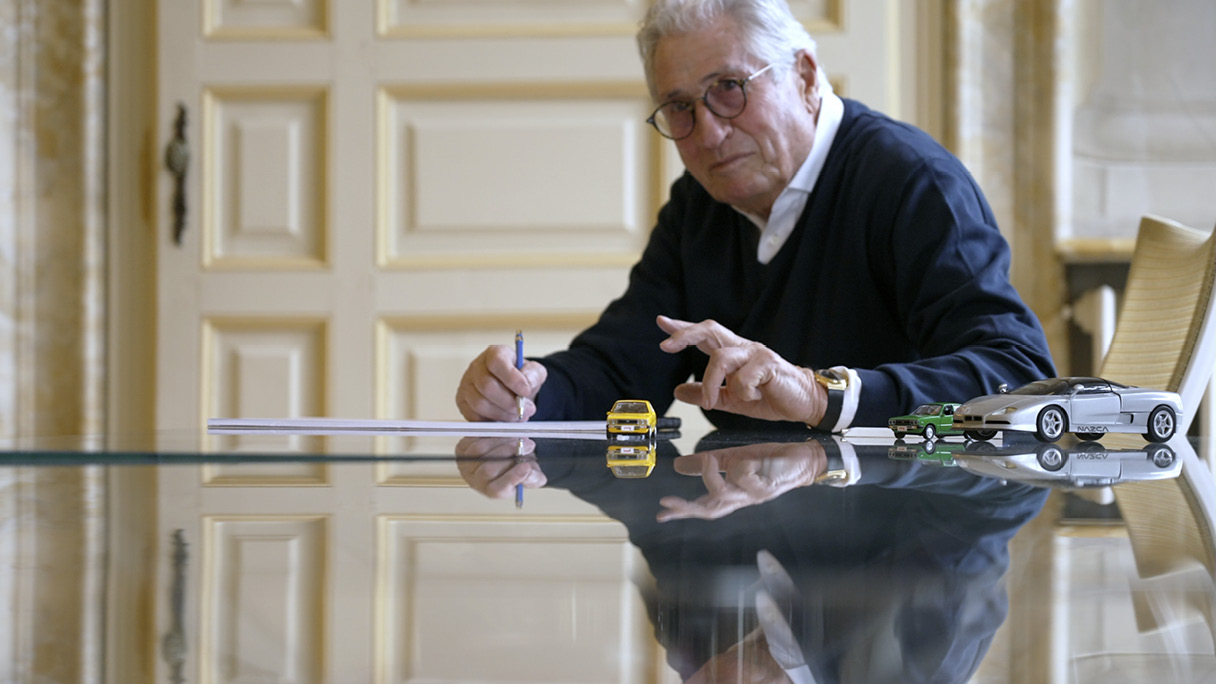
“A documentary producer is essentially a storyteller—someone who observes and narrates real events rather than creating fiction. The first episode addresses three different kinds of heritage. The first is Giugiaro’s: being born in the countryside as a painter’s son, becoming a globally renowned designer, and handing down that legacy to his son. The second is Hyundai’s: beginning with the Pony and Pony Coupe Concept and growing into a global brand. The third is the customers’: I believe a product’s value gets ultimately completed by its customers. Hyundai became a global brand because of the people who treasure and love its cars. We worked hard to portray how these three heritages intertwine like a DNA structure.”
< The Great Heritage: Car> sheds light on Hyundai’s design development process—one that has largely remained out of view until now. The first episode offers an honest portrayal of the challenges and concerns designers faced while restoring the Pony Coupe Concept and creating the N Vision 74. It’s especially striking that the show reveals every detail of Hyundai’s intense internal review sessions at the Design Center—one of the most secure places in the company—without any censorship.
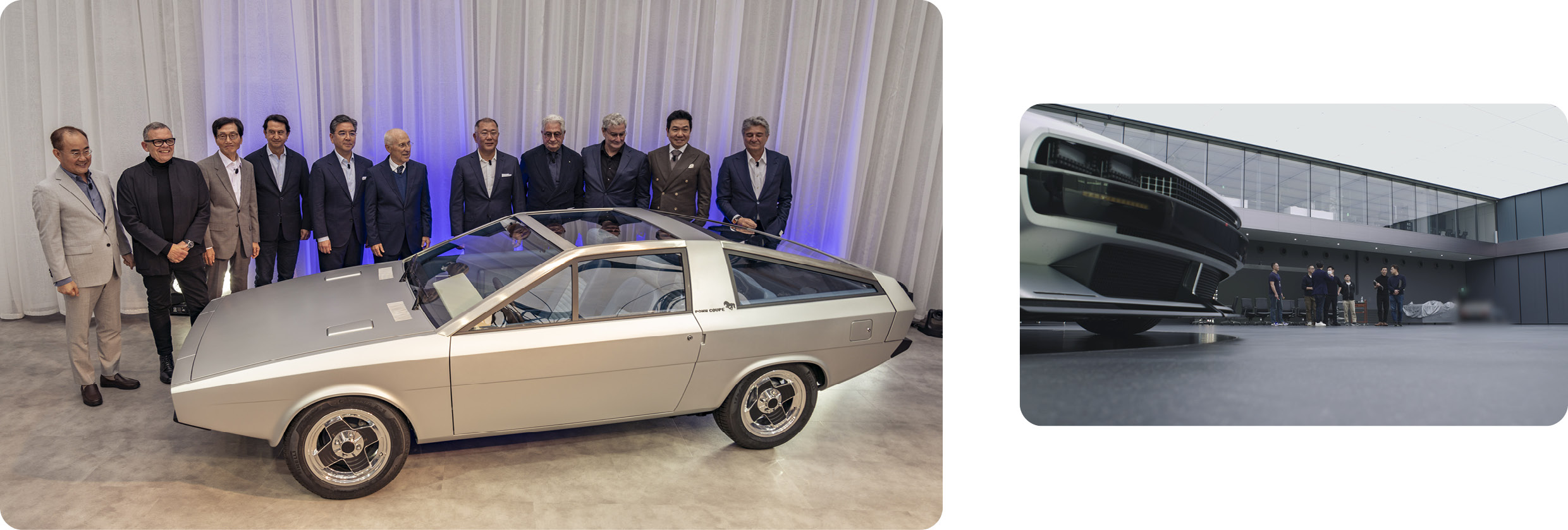
Regarding this, producer Lee said, “I’m thankful that Hyundai opened every space requiring the highest security, such as the Design Center, and allowed us to capture every intense moment happening inside,” and then ad-ded: “In reality, most companies only want to show the polished, pretty images you see in advertisements, not their bare face. I think Hyundai granted us full access because they have real confidence. They also recognize there’s meaning in recording and archiving the present for the future. I filmed everything with the belief that one day these records will become part of our heritage.”
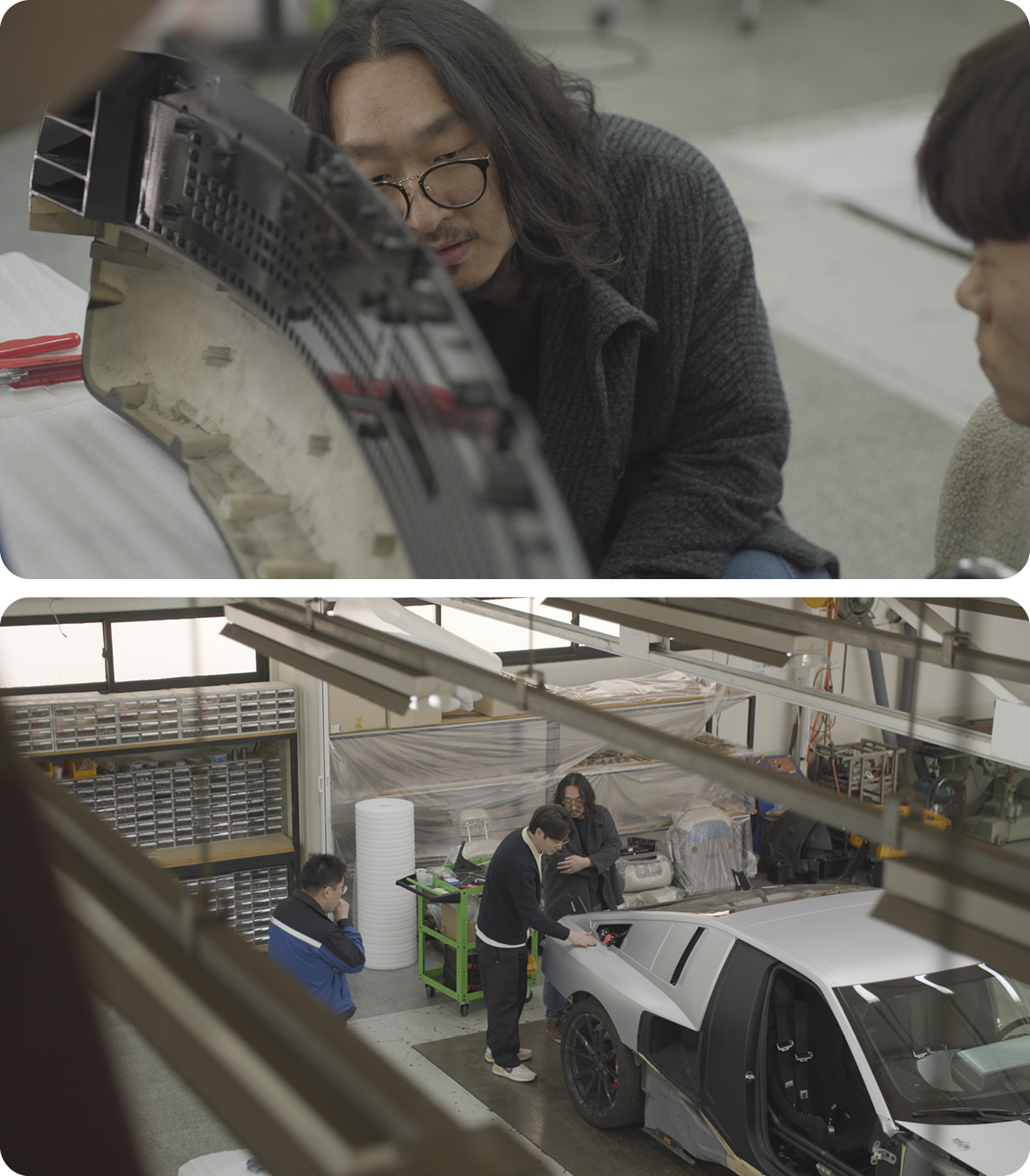
Of course, filming the Design Center and Research Institute— the essence of Hyundai Motor Company—proved to be extremely difficult. Both are facilities requiring top-level security, and it also took time for people who are uneasy about appearing on camera to open up. That is precisely why the production needed two years of committed effort.
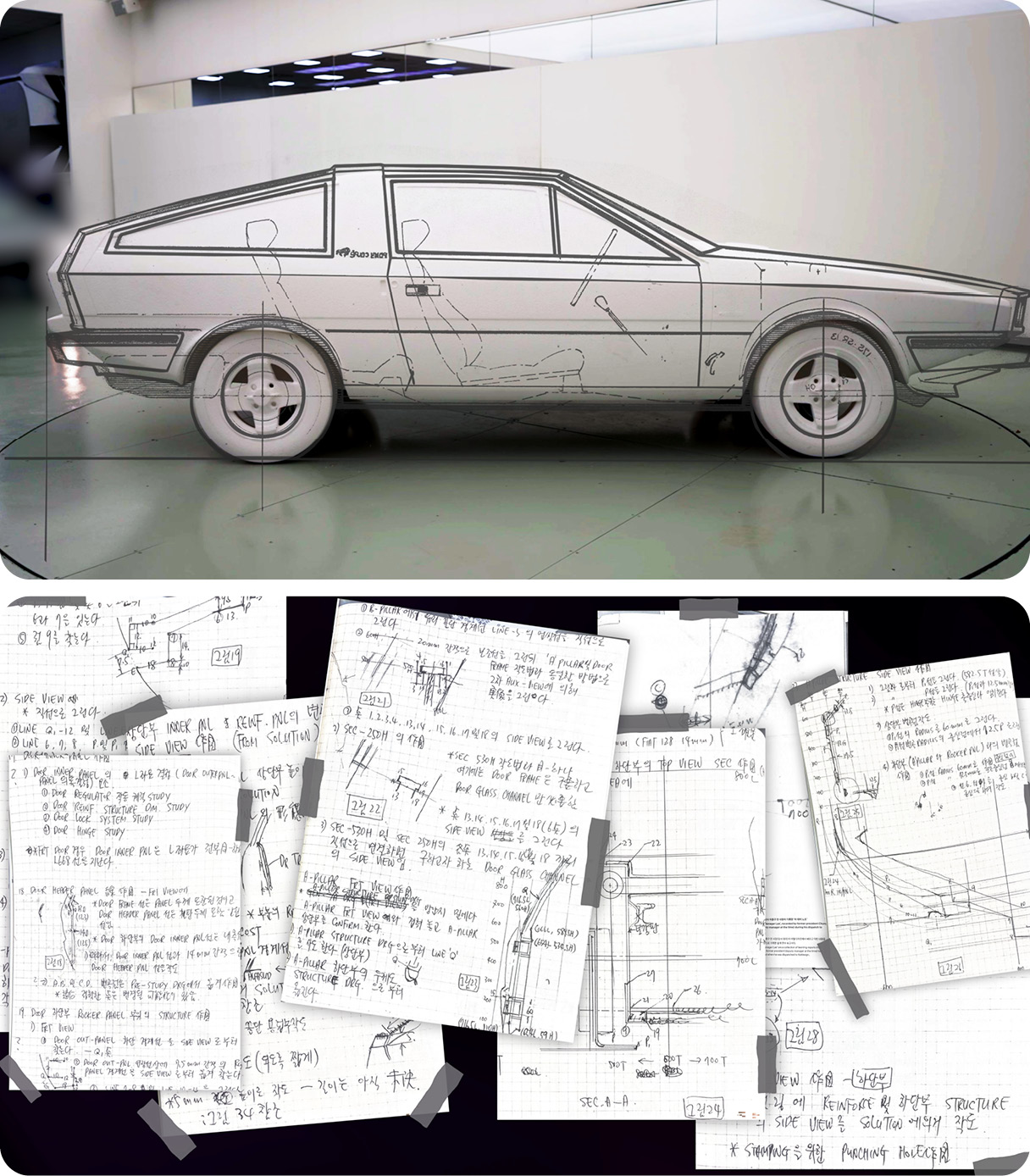
The cameras move back and forth between “GFG Style” in Italy—where the father-and-son Giugiaro team works—and Hyundai’s Design Center, capturing the swift progress as the Pony Coupe Concept restoration and the N Vision 74 near completion. Through Vice President Sangyup Lee, head of Hyundai and Genesis Global Design, and his designers, you can truly sense how they poured themselves into creating the N Vision 74’s design.
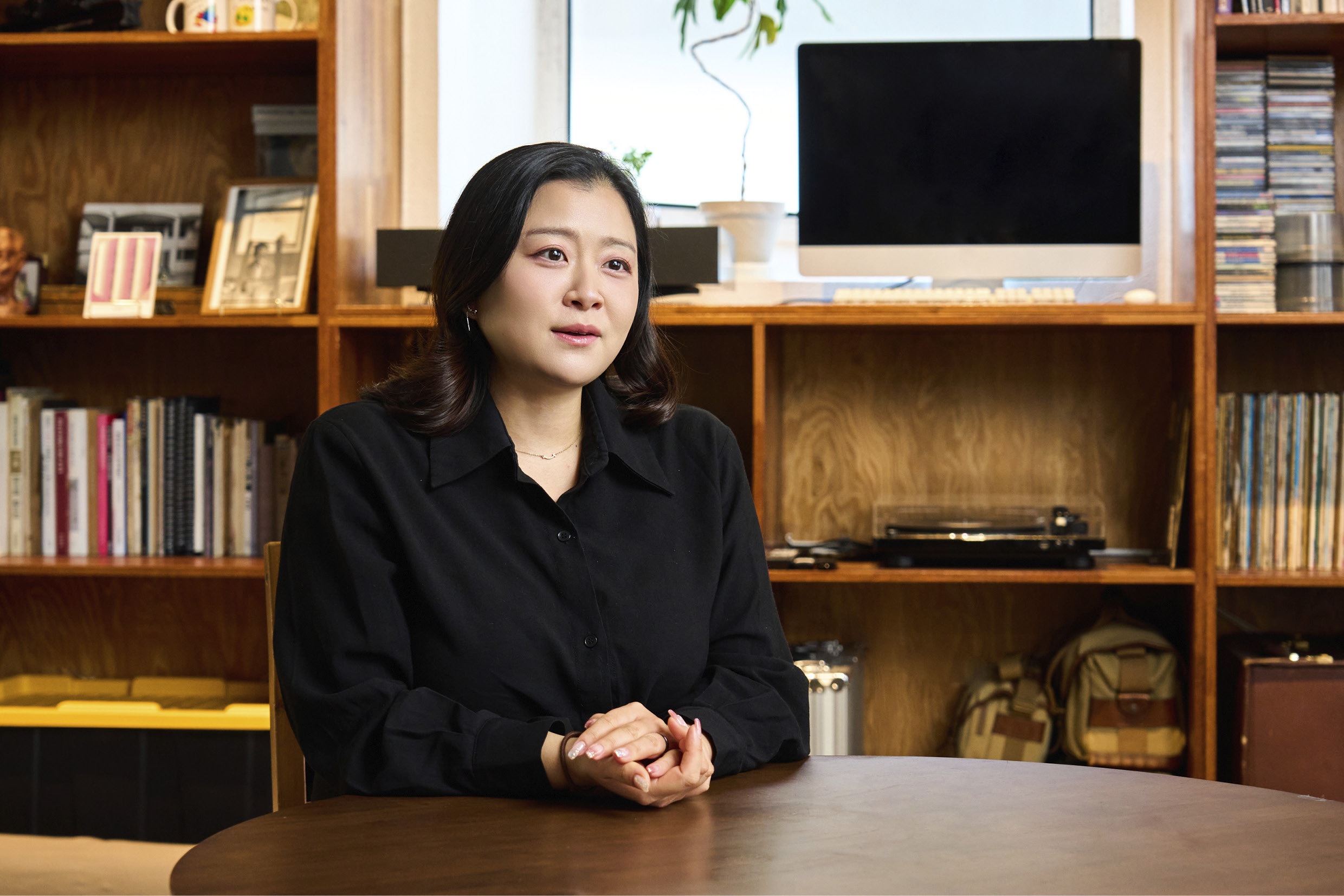
Senior research engineer Hyun-Jin Jung explains, “I wanted to let people know that countless individuals work tirelessly to build one car. I also saw this as a chance to properly showcase the Namyang Research Institute and Design Center, which we can proudly say is the largest in the world.” She continues: “We revealed everything—from the design process down to the designers’ daily routines—because we wanted to show how hard everyone works to create good designs. Everyone actively exchanges opinions and constantly fine-tunes every detail as part of daily life.”
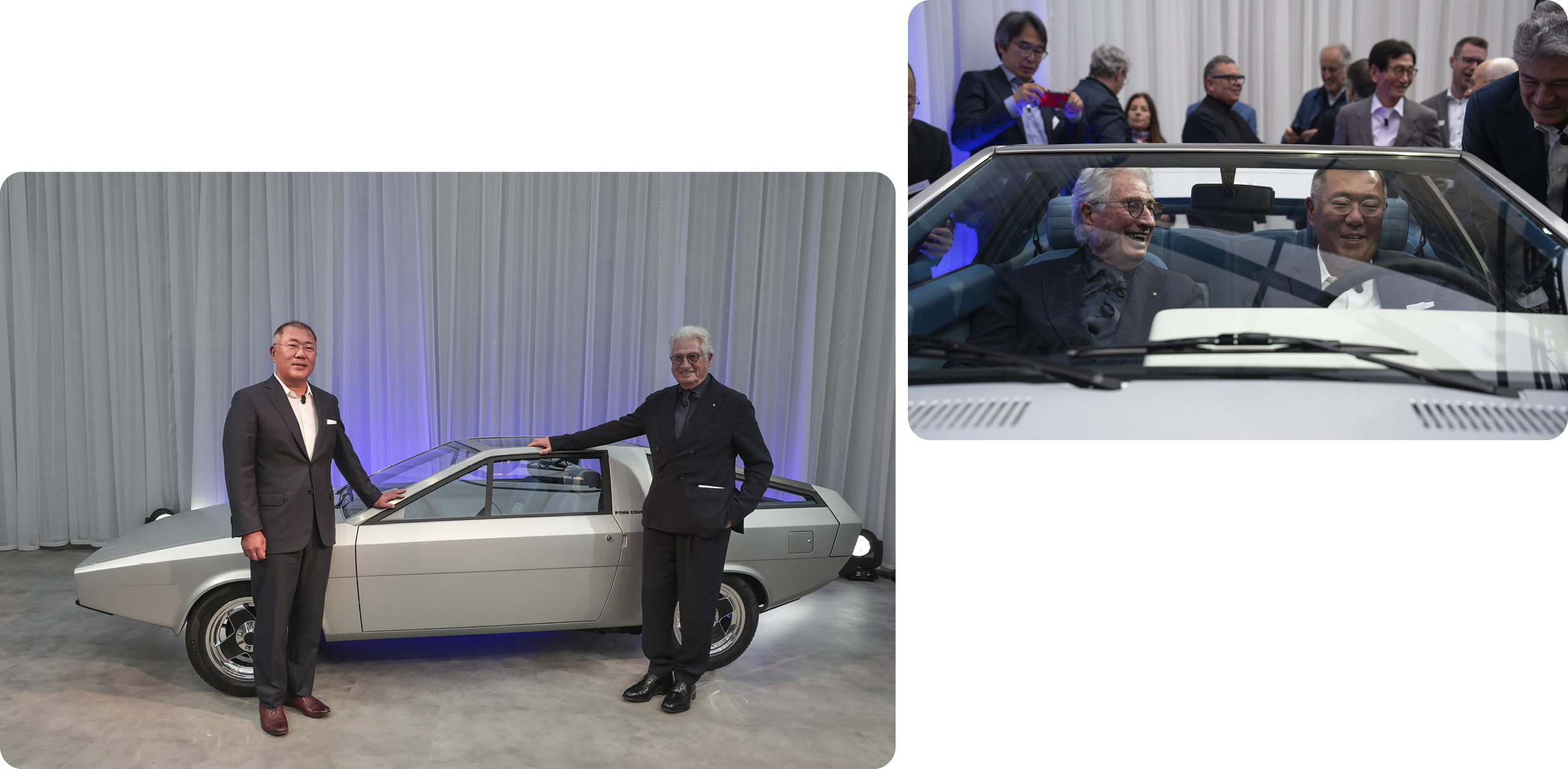
Spanning Korea and Italy, Episode 1 of < The Great Heritage: Car> draws to a close with “Hyundai Reunion,” the event where the restored Pony Coupe Concept and the N Vision 74 are unveiled. You can sense the excitement from the day the restored Pony Coupe Concept was finally revealed, as well as witness Hyundai’s commitment to honoring its brand heritage.
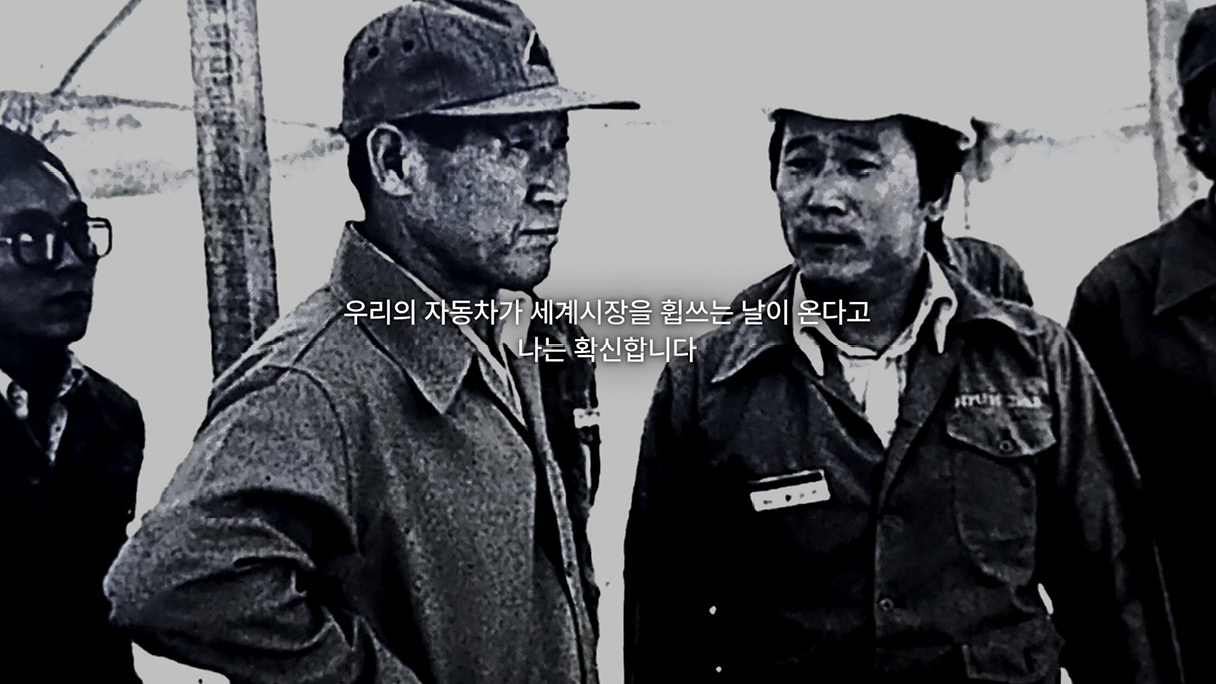
During Hyundai Reunion, Hyundai Motor Group Executive Chair Eui-sun Chung remarked, “This moment exists because of the Pony’s small beginnings 50 years ago.” The documentary then recalls a statement by the late honorary chairman Ju-Yung Chung, who once said, “I believe the day will come when Korean automobiles, our automobiles, sweep the global market.” It’s a stirring scene that drives home how the dream sparked by the Pony led to today’s thriving automotive industry, and how the future first envisioned by the Pony Coupe Concept now lives on in the N Vision 74.
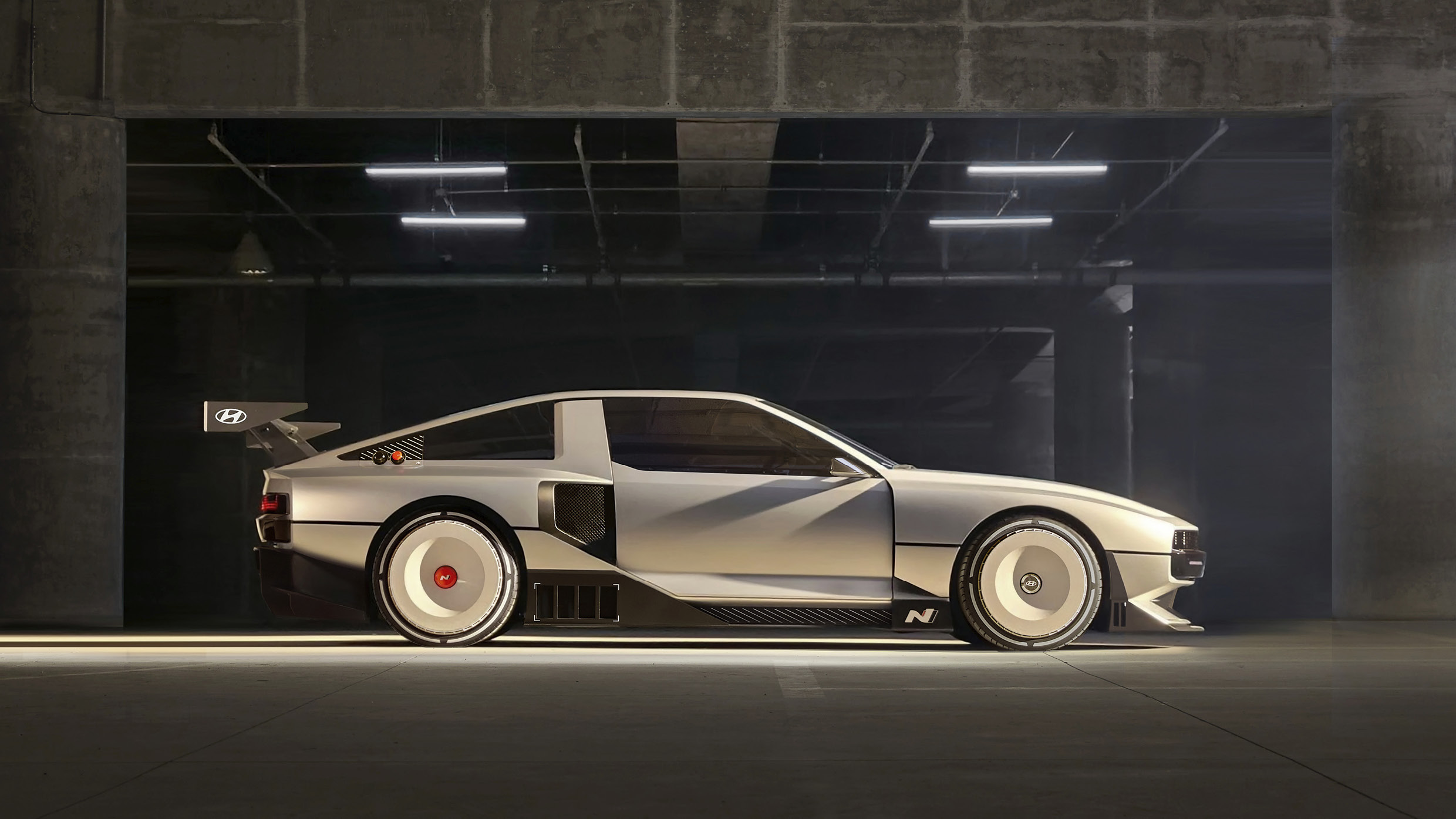
< The Great Heritage: Car > will feature four more episodes; Hyundai will delve into how a vehicle’s interior and exterior design merge with engineering, as well as global design collaborations, testing sites, a hydrogen-electric concept car, wearable robots, and other endeavors leading toward the future of mobility.
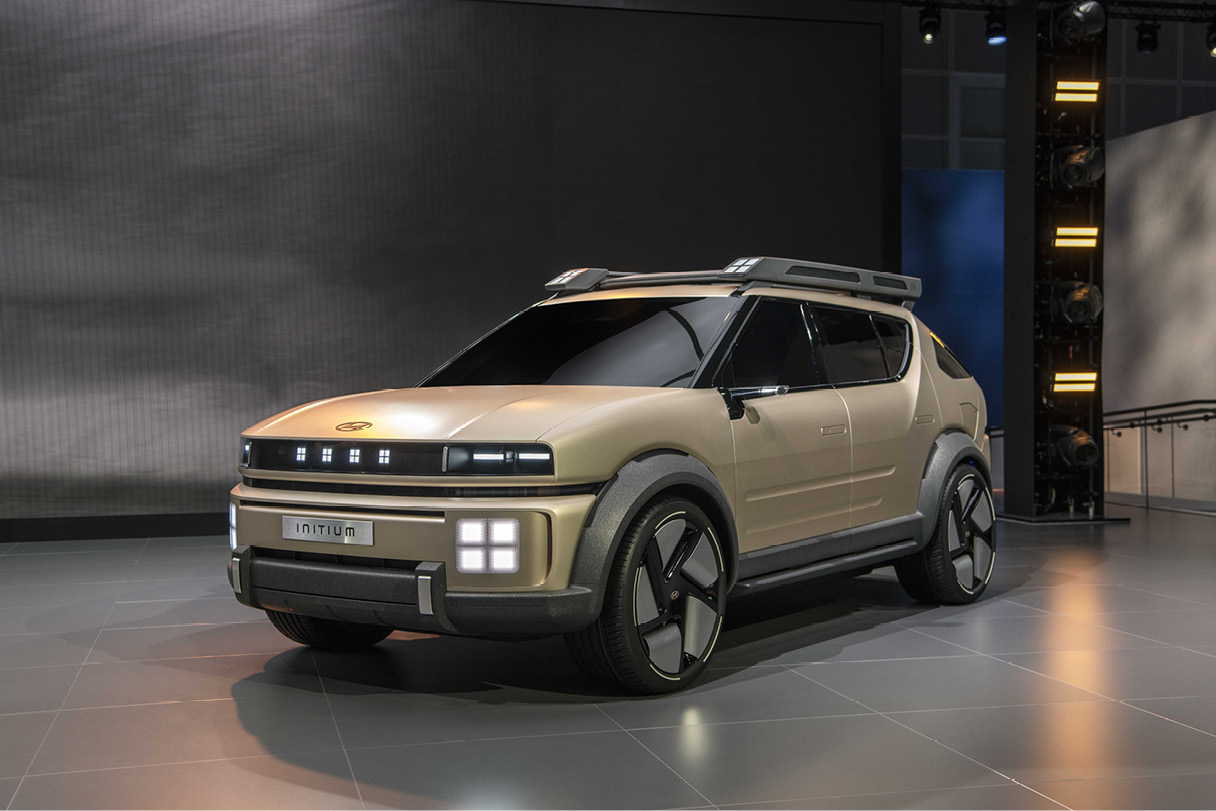
“If Episode 1 captured our heritage, Episodes 2 through 5 will focus on our ongoing story,” says senior research engineer Hyun-Jin Jung. “You’ll see the people dedicating themselves to countless projects underway at Hyundai. When we decided to make this documentary, we had students around the world aspiring to join the auto industry in mind. We wanted to show them how cars are developed, what people do in this field, and what they can learn along the way.”
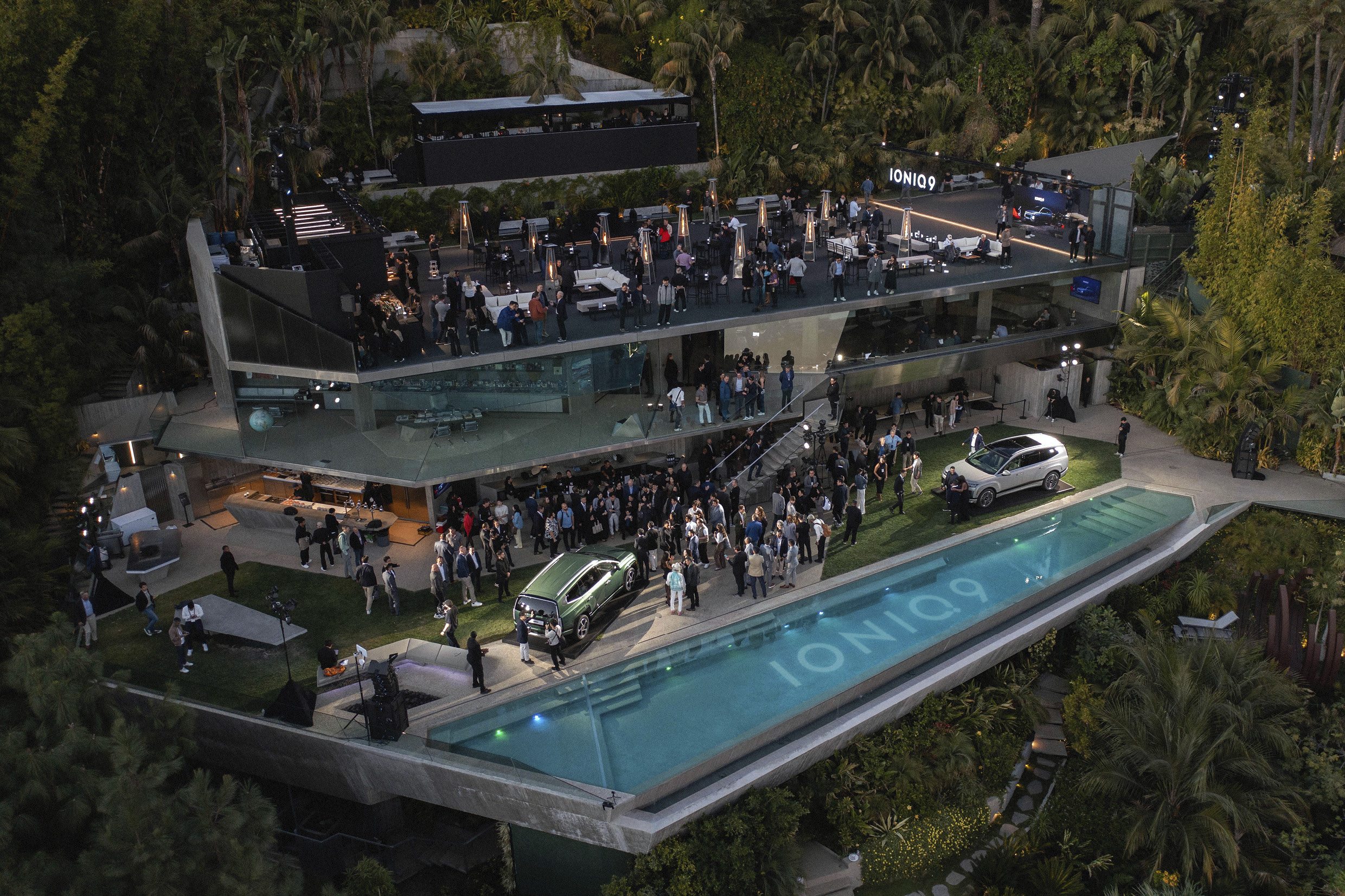
Producer Lee also shared thoughts on the upcoming episodes: “As I covered Hyundai, I came to see the company as a sort of super-organism. Every segment, even those with seemingly different functions, is connected. It’s a massive organization moving very quickly toward a single goal, responding to market shifts and customer voices. It was fascinating to see such a diverse range of professionals come together as one organism to produce a car.”
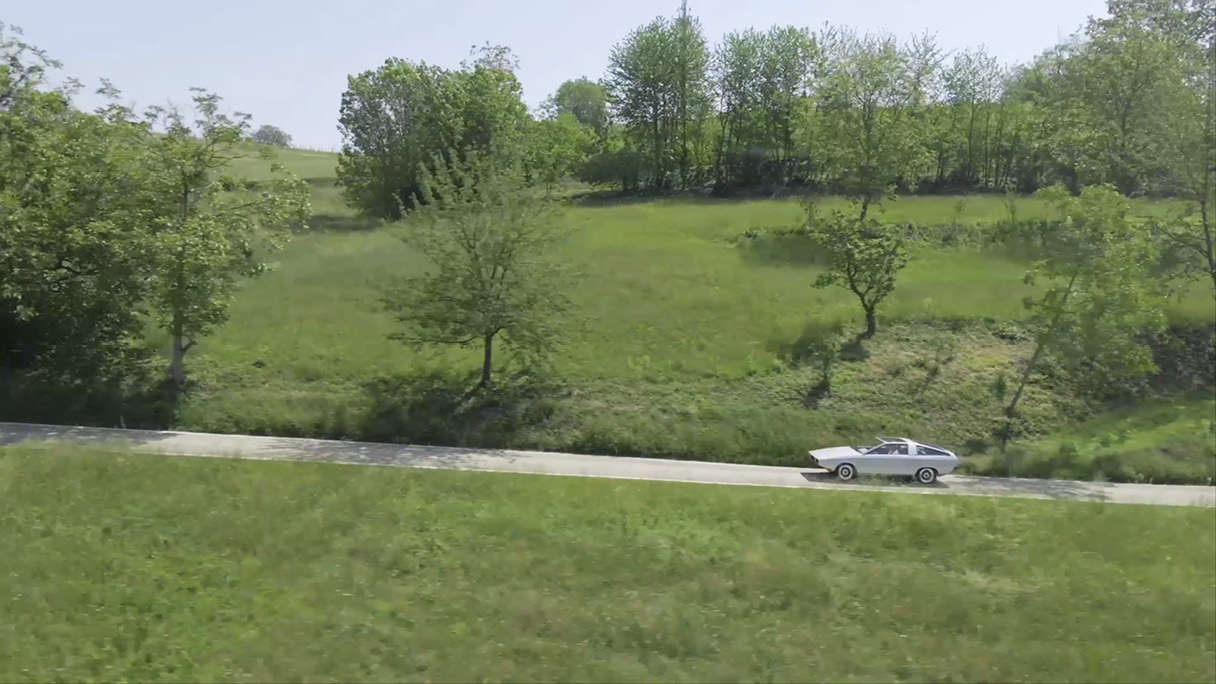
Ultimately,
Finally, producer Lee shared a closing message for viewers: “Whether you’re into cars or not, you’ll find this documentary both entertaining and enlightening. It’s about the human stories baked into automobiles, about the interplay of the humanities and the arts, and even about the passage of time itself.”
By Minhee Ahn
Photography by Hyuksoo Cho
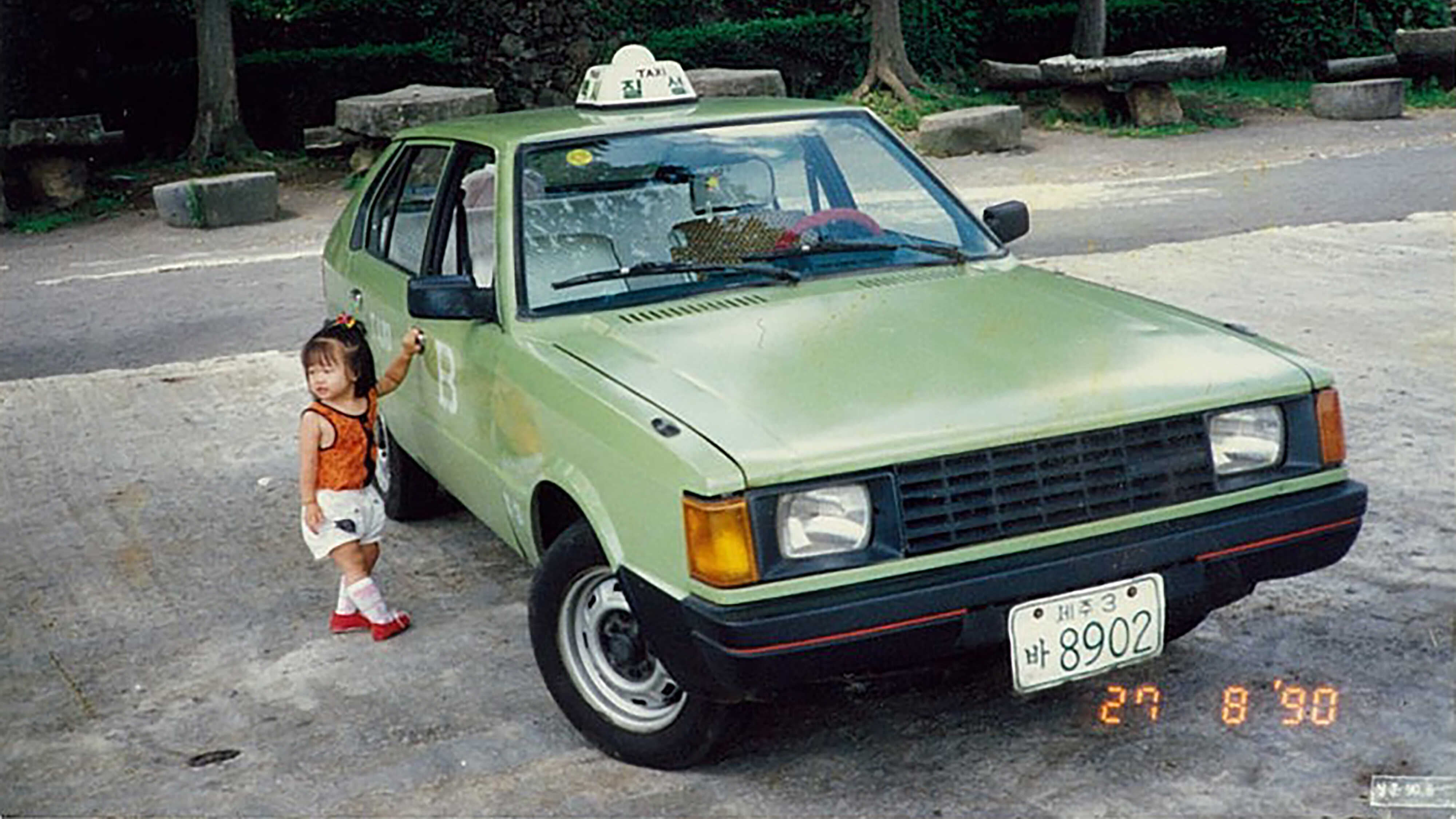
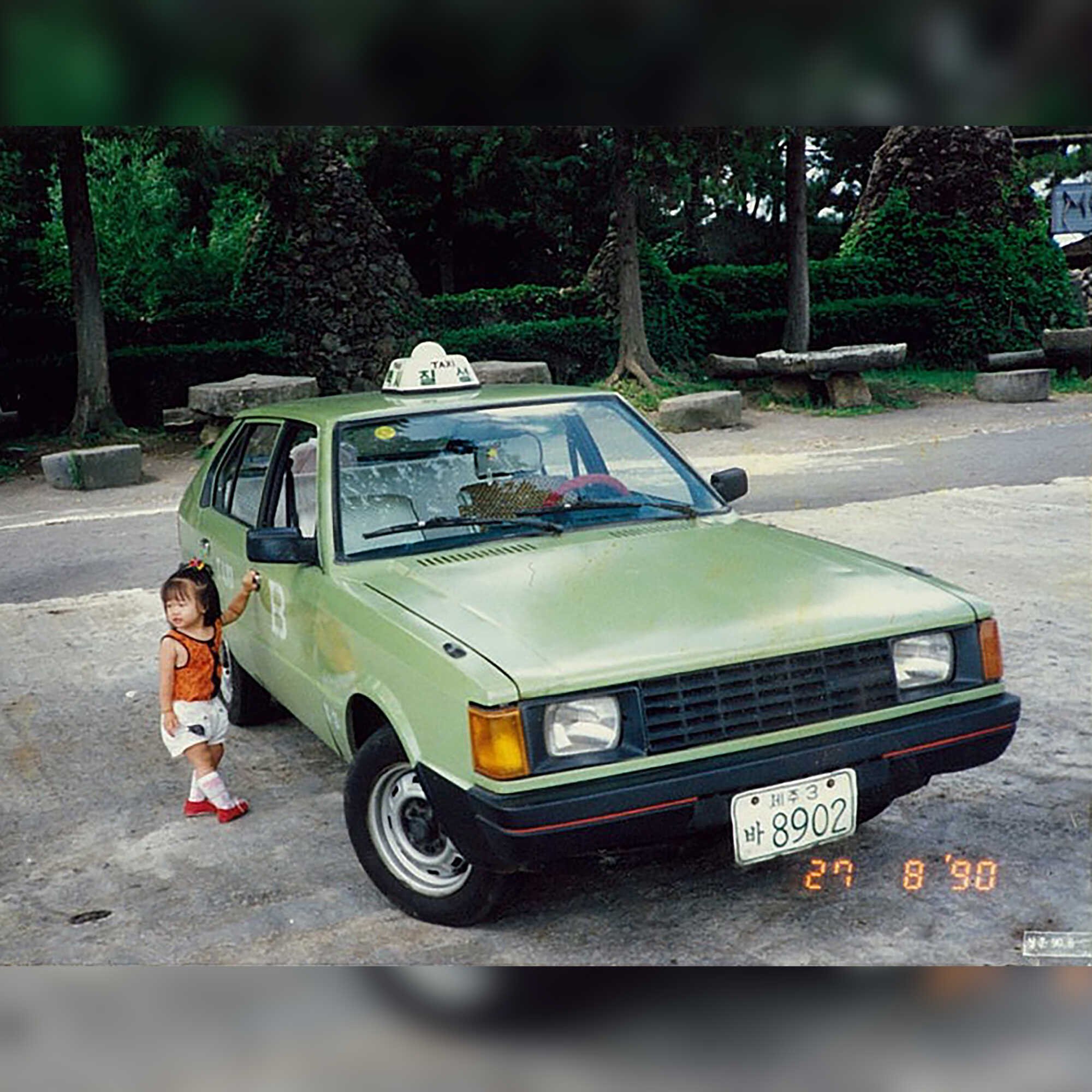
Looking back at the moment with Pony
2023.09.05 8min read